2018: the year that I read more than I’ve ever read before. Not coincidentally: the first year I experienced tension headaches. Not coincidentally: the year my writing most improved.
The list below covers a mere fraction of the books I read but it is certainly a list of the ones that impressed me the most. From prose poetry collections to novellas to graphic novels and beyond, this eclectic list
A little bit of context: every author is only mentioned once. If I read more than one of their books (which is often the case), I included them all on the same row. If I admire an author, I try to read all of their books. Unless my library doesn’t have it. While the list of books is in chronological order, my favorite book by every author is the featured image. Make sense? Let’s get started.
I don’t think I’ll read nearly as much next year as I did this year, but I plan on re-reading most of these again as they all deserve more of my attention.
Lastly, this list is not in order, except for Wild Milk, which is my favorite book not only of this year, but in a long, long while.
Sabrina Orah Mark
Wild Milk (2018)
Tsim Tsum (2009)
The Babies (2004)
Like I mentioned in the above paragraph, Sabrina Orah Mark’s debut collection of stories, Wild Milk, is my favorite read in a long while. Each story is short, hilarious, terrifying, confusing, and drenched in bewilderment. Like her poetry poetry predecessors (Tsim Tsum and The Babies), this collection fits in its own world, where nothing is expected, where anything is possible, and where you will probably cry if you allow yourself to not ask questions and instead dive headfirst into the unknown. My favorite of the bunch is “The Very Nervous Family”, which you can read here and listen to here. I read all three of Mark’s books twice over this calendar year, and I expect to do the exact same next year.
Mikko Harvey
Unstable Neighbourhood Rabbit (2018)
My favorite 2018 collection of poems is Mikko Harvey’s debut Unstable Neighbourhood Rabbit. His often heartbreaking, dark, and surreal narrative poems echo elements of James Tate with added shy and dark twists. Tender loneliness at its finest. Read “Bird Call Association” and be hooked forever. Short and sweet (only 41 poems), this book takes the cake as the one I read the most times this year. I lost count.
Ottessa Moshfegh
My Year of Rest & Relaxation (2018)
Homesick for Another World (2017)
Eileen (2015)
McGlue (2014)
Discovering Ottessa Moshfegh this year was a serious eye opener. I first read her collection of short stories, Homesick for Another World, which contains some of the best writing I’ve ever come across in a book of shorts. I then read the novella McGlue (which is highly underrated) and Eileen (good, but not my style). After those three were read, I waited for the release date of My Year of Rest & Relaxation like it was Christmas. The 2018 novel revolves around a depressed and bored character who tries to sleep/hibernate for an entire year. It’s depressing, it’s hilarious, it’s twisted, it’s everything you would expect from Moshfegh, who is one of the strongest voices in the game right now. It’s insane that all four of these books were published in the last four years.
Zachary Schomburg
Mammother (2017)
The Book of Joshua (2014)
Fjords, Vol. 1 (2012)
Scary No Scary (2009)
The Man Suit (2007)
Throughout the year, I almost always had a Zachary Schomburg book of poetry in my backpack. With four collections (and a fifth scheduled for next spring), his style is like surrealism in a fragile package. Tender, heartbreaking, empathetic, sorrowful, and highly original. Narrative poems and prose poems that will force you to crack a smile with the opening line yet reach for a tissue by the end. Or the other way around. His debut novel, 2017’s Mammother, has a similar voice; it remains poetic while covering an epic tale in a town where anything can happen. I’ve already said too much. Read Schomburg (and take his online workshop!).
Heather Christle
Heliopause (2015)
What is Amazing (2012)
The Trees the Trees (2011)
The Difficult Farm (2009)
If you asked me to name my favorite poetry collection by Heather Christle, my jaw would fall to the ground and a garden would sprout at your feet. She released four books over a six year period and they all have their own endearing and impressive qualities. While Heliopause, her most recent, is certainly the most experimental (containing an erasure segment of a NASA transcript), each book is its own exclamation point, its own jolt of curiosity and whimsy. To read Heather Christle is to drink a cup of tea and desperately feel the urge to go outside and explore.
CA Conrad
The Book of Frank (2009)
This is the only book that I have ever read twice in the same day. I finished it, made some coffee, and started reading it again. While I have read other poems by CA Conrad (like this one, omg), I haven’t read any of his other books. You know how when you read or listen or watch something and it’s so good that you don’t want to explore anything else by the artist? I know I will eventually, but for now, I’m still soaking in the incredible character piece known as Frank.
Leonora Carrington
The Complete Stories of Leonora Carrington (2017)
Excuse me while I remove my head and roll it down the nearest hill. Leonora Carrington was a surrealist author and painter who wrote stories in English, French, and Spanish. Stories where a woman gives birth to a breed of boars. Stories where a hyena pretends to be a woman. Stories where filth and gore intertwine with bourgeois. Thank you, Sabrina Orah Mark and Dorothy Project for introducing me to such a unique voice. I didn’t realize stories like this were being written in the 1930s and 40s until I opened this book. What a disgusting delight.
Matthea Harvey
When Up and Down Left Town (2017)
If the Tabloids Are True What Are You (2014)
Of Lamb (2012)
Cecil the Pet Glacier (2011)
Modern Life (2007)
Sad Little Breathing Machine (2004)
Pity the Bathtub Its Forced Embrace of the Human Form (2000)
Matthea Harvey’s Modern Life was one of the first books I read in 2018 and I instantly had to grab the rest of her bibliography. From a collaborative 24 hour writing project (When Up and Down Left Town) to a children’s book [Cecil the Pet Glacier (yes, I cried)] to a series of poetry collections unlike any other, Matthea Harvey is one hell of a voice in the poetry community. I have yet to read The Little General and the Giant Snowflake and I can’t wait for what she creates next, which may or may not be about clouds and the Kardashians.
GennaRose Nethercott
The Lumberjack's Dove (2018)
A lumberjack cuts off his hand and it transforms into a dove. The rest of the story is a whirlwind book-length poem involving an emergency room, a witch doctor, various elements of nature, and a series of self-aware anecdotes for how to tell a compelling tale. What a wonderful debut from GennaRose Nethercott. She’s visiting Chicago to read in the spring and I can’t wait.
Jennifer L. Knox
Days of Shame and Failure (2015)
Mystery of the Hidden Driveway (2010)
Drunk by Noon (2007)
A Gringo Like Me (2005)
Jennifer L. Knox! I’ve watched a handful of her readings on YouTube and with each one, the crowd is in hysterics. Her poems are comical, full of substance abuse and mayhem. They take you on a roller coaster ride after downing a glass of battery acid. Her four collections of poetry read unlike any other poems you’ve read. Her next collection might be split up according to carnival rides or types of mushrooms. This is all you need to know. You’ve been warned.
Yuri Herrera
The Transmigration of Bodies (2013)
Signs Preceding the End of the World (2009)
Kingdom Cons (2004)
Mexican author Yuri Herrera wrote one hell of a trilogy of books. All three books are under 130 pages and act as dreamy yet realistic novellas. While they take place in timeless, mystical lands with nondescript backdrops, they cover current topics like border control (The Transmigration of Bodies), disease (Signs Preceding the End of the World), and drug cartels (Kingdom Cons). All three of these books should be turned into movies. Although these books were published in Spanish over the course of nine years, they were released in English (translated by Lisa Dillman) in 2015, 2016, and 2017. Go get them. Right now.
Bianca Stone
The Möbius Strip Club of Grief (2018)
Poetry Comics from the Book of Hours (2016)
Someone Else's Wedding Vows (2014)
Three incredible books! I first grabbed Bianca Stone’s collection of poetry, Someone Else’s Wedding Vows, after poet Rick Bursky shared one of her poems on his Instagram page. After burning through that book, I discovered Stone’s poetry comics, which add an additional level of character and abstraction to her ever-expansive craft. Poetry Comics from the Book of Hours (my favorite of the three I’ve read) compiles previously released comics into a truly miraculous and unique collection. Her most recent poetry release, The Möbius Strip Club of Grief, is a project book stuck hungrily in the underworld. Look out for an interview with Bianca Stone on my website tomorrow.
Ben Loory
Tales of Falling and Flying (2017)
The Baseball Player and the Walrus (2015)
Stories for Nighttime and Some for the Day (2011)
No one tells a story like Ben Loory. When he was featured on Brad Listi’s Otherppl podcast, he said how much he enjoys reading to an audience where they laugh at the absurdity of his opening paragraph, but by the end, they are all dead silent. Reflective, sad, moved, touched. In 1,000 words or less, Loory can throw you into his world and have you depart a changed person. Read his children’s book, too, while you’re at it.
Meghan Privitello
Notes on the End of the World (2016)
A New Language for Falling out of Love (2015)
Poet Meghan Privitello floored me with her hypnotizing prose poems in A New Language for Falling out of Love. Every sentence is worthy of a tombstone, a tweet, a mantra. I then grabbed Privitello’s conceptual chapbook, Notes on the End of the World, which reads like a post-apocalyptic heartbreak in a haunted asylum of isolation and daydreams. Look out for her next book, One God at a Time. I personally can’t wait.
Shivani Mehta
Useful Information for the Soon to be Beheaded (2013)
I cherish every book mentioned on this list (or else it wouldn’t have made this list) but if someone were to ask me to recommend them a collection of prose poems, Shivani Mehta’s Useful Information for the Soon-to-Be Beheaded would be the first one that would come to mind. Original, sharp, moving, and alarmingly good, the pieces within this book came recommended to me by both Rick Bursky and Richard Garcia and rightfully so. It’s been five years and I can’t wait to see what Mehta releases next.
José Olivarez
Citizen Illegal (2018)
Is this the only Chicago author on my list? While I’m sure I missed another something great from the Windy City, José Olivarez’s debut collection is one hell of a moving body of work. Autobiographical and yet overflowing with magical realism and narrative fables, it’s a book that properly documents both the struggles and the beauty of a Midwestern poet with Mexican immigrant parents. A particular highlight of this book is “Mexican Heaven”, which is read as one long poem but is split into eight sections throughout the collection.
Max Porter
Grief is the Thing with Feathers (2015)
Goodness gracious. Sabrina Orah Mark mentioned this book in one of her interviews and I devoured it later that week. It’s pitched as a novel, but it’s not really a novel. It’s a long poem. It’s a fable. It’s a sorrowful song. It’s both a daydream and a nightmare. It showcases how a father and his two sons react to the passing of his wife/their mother through various testimonies, voices, and styles. If you don’t cry while you read the last page, you’re a heartless monster.
Bud Smith
Double Bird (2018)
Calm Face (2016)
Yes to Double Bird! I read Bud Smith’s Calm Face while pacing around my house one Saturday afternoon. I laughed my ass off and demanded more Bud Smith in my life. Thankfully, Double Bird arrived at my door shortly thereafter. Expecting a collection of autobiographical/realistic short stories, I was pleasantly surprised by how wild and surreal these pieces are. Double Bird and Calm Face are two very different pieces of literature from one hell of a talented writer. Double Bird is more up my alley (an underground tunnel to a new world, a bouquet of flowers stuffed into a wound, a giant egg in a truck bed, a family eating the American flag), but I highly recommend both. Look out for Smith’s next book, Teenager, arriving next year (I think).
Scott McClanahan
The Sarah Book (2015)
Not the kind of novel I would normally read, but when I saw it so heavily recommended by both Michael Seidlinger and Bud Smith, I had to grab it. The book opens as the narrator drinks while driving, forgetting that his kids are in the back seat. From there, it’s a debauched and lovesick tale of Appalachian heartbreak, divorce, homelessness, remorse, awful decisions, and much more. This one should be an indie movie.
Jim Woodring
Poochytown (2018)
Jim Woodring is a god! The author and illustrator’s main character, Frank, was my Twitter avatar for like five years. His newest book, Poochytown, is yet another wordless graphic novel that takes us through the curious and psychedelic adventures of Frank. It’s a fine follow-up to Fran (2013), Congress of the Animals (2011), and Weathercraft (2009), all of which are worthy of your dilated pupils.
Michael Earl Craig
Talkativeness (2014)
Thin Kimono (2010)
Yes, Master (2006)
Can You Relax in My House (2002)
Michael Earl Craig is a full-time farrier in Montana. He once rode a horse from one end of Montana to the other. These are the kinds of poets I’m interested in reading. With four incredible collections of poetry under his belt, and with his fifth to be released in April through Wave Books (Woods and Clouds Interchangeable), he remains one of my favorite modern poets properly turning words on their heads and impressing with each and every page.
Dean Young
Shock by Shock (2015)
Embryoyo (2007)
Elegy on Toy Piano (2005)
Skid (2002)
To read Dean Young is to read a hyper intelligent stream of consciousness. Despite each opening line, you can never predict where it might end. As I wrote in the introduction to our interview earlier this month, “His work is energized, hopped on coffee, insightful and sporadic, animated and tender. Like the Tasmanian Devil spinning whimsically through the desert and finding tranquility once soothing music is heard in the distance.” Young has a dozen poetry collections and another one on the way in 2019 through Copper Canyon Press. Having only read four, I have some catching up to do.
Michael Bazzett
The Popol Vuh (2018)
The Interrogation (2017)
Our Lands are Not So Different (2017)
You Must Remember This (2014)
The Imaginary City (2012)
Michael Bazzett is a goddamn inspiration. His first book wasn’t released until he was 48 but then he released four books in four years. His narrative poems contain magical lines that burn into your mind. As I stated in our interview back in October, “his pieces read like tiny fables that soak in natural elements and comment on the unpredictable human condition. Packing a punch while providing a new perspective.” His most recent release (one I’m still in the process of reading) is a translated work from the K’iche’ of the epic and ancient poem The Popol Vuh. In other words: work harder.
Amelia Martens
The Spoons in the Grass are There to Dig a Moat (2016)
Purgatory (2012)
I’m a sucker for prose poems and Amelia Martens’ collection, The Spoons in the Grass are There to Dig a Moat, is one of my favorites. Even the title is essentially its own tiny prose poem. She has one poem titled “Late Night Comedy” that I constantly find myself returning to. Along with her full-length collection, Martens also has four chapbooks, including 2018’s Ursa Minor, which I need to purchase this instant.
Rick Bursky
I’m No Longer Troubled by the Extravagance (2015)
Death Obscura (2010)
The Soup of Something Missing (2004)
Rick Bursky played a huge role in my poetry discovery this calendar year. His Instagram page is a steady stream of poems, fountain pens, and cigars. I find myself reading at least one poem a day that he shares, and often grabbing said book from the library later that day. Because of him, I found out about Bianca Stone, Amelia Martens, Shivani Mehta, and so many others. On top of his steady sharing, Bursky also writes narrative poems that are equal parts magical and real. Follow his Instagram if you’re looking for great poems and look out for his next collection, Where the Ocean Spills its Grief, arriving in 2020 through BOA Editions.
Jacob Shores-Argüello
Paraíso (2017)
In the Absence of Clocks (2013)
Over the summer, I read an article that compared the second collection of poetry by Charles Simic with the second collection of poetry by Jacob Shores-Argüello. If a poet is ever in the same conversation as Charles Simic, I’m always going to check them out. Shores-Argüello’s second collection, Paraíso, reads like a grieving fever dream as he returns to Costa Rica, the land of his childhood, where he encounters cloud forests, witches, ghosts, and more. While his books are fast-paced, it’s so very necessary that you take your precious time with every line.
Samuel Amadon
The Hartford Book (2012)
Samuel Amadon’s second collection of poetry reads like an anti-travel guide to Connecticut’s capital. The Hartford Book is full of drug abuse narratives and heavy tales of characters down and out on their luck. A quote from Nick Flynn on the book makes plenty of sense, as this book should be in the same conversation as Another Bullshit Night in Suck City. I’ve also seen it compared to Denis Johnsons’s Jesus’ Son. Two of my favorite books, and, with The Hartford Book fresh in my mental, I guess that makes it three.
Edward Mullany
The Three Sunrises (2015)
Figures for an Apocalypse (2013)
If I Falter at the Gallows (2011)
Short and insightful poems (If I Falter at the Gallows), tiny fables (Figures for an Apocalypse), and three novellas (The Three Sunrises). To read Edward Mullany is to read something fresh and new. I can’t compare his work to the work of any other authors. The first novella in The Three Sunrises, “Legion”, is one I think about often. Jim Woodring (posted above) does this in his wordless graphic novels, where the main character pushes along simply out of curiosity (and as a means to escape boredom). While you might be tired in a cubicle, before you know it, you’ll be right along with Mullany, climbing a ladder to the sky.
Bob Hicok
Hold (2018)
Bob Hicok is one of the first contemporary poets that I read. I’m late to the game but I discovered his work at some point in 2016. With numerous collections worthy of discussion, his newest, Hold, released back in October, is the only one that I read this year. I underlined most of this book. It’s insightful, hauntingly political, and comical as always. Perhaps his most touching collection yet, this is one to read when you feel lost in 2018, 2019, 2020. When you feel lost today.
Ilya Kaminsky
Dancing in Odessa (2004)
The most recent book that I finished on this list (hence why it’s all the way at the bottom) is Ilya Kaminsky’s 2004 debut, Dancing in Odessa. It’s full of fables of heartbroken magic and poetry lines that will make you hate your own manuscript. My library has the 2014 version of this book, which includes an additional ten pages, which is always a good thing. I grabbed this collection after reading Kaminysky’s insightful and inspiring interview over at The Massachusetts Review. I’m beyond excited to get my hands on Deaf Republic, arriving in March 2019 through Greywolf Press.
2018 ANTHOLOGIES
I wouldn’t be able to sleep if I didn’t include these two incredible 2018 anthologies on this list. Edited by Dean Rader and Simone Muench, They Said is a multi-genre anthology of collaborative writing. It features some of my favorite authors, like Martha Silano, Kelli Russell Agodon, Christopher Citro, and more. What a beaut! Additionally, New Micro: Exceptionally Short Fiction, edited by James Thomas and Robert Scotellaro, is a great bedside gem. Every story is 300 words or less and features familiar names like James Tate, Kathy Fish, and Zachary Schomburg. Don’t sleep. Read these first. Then sleep.






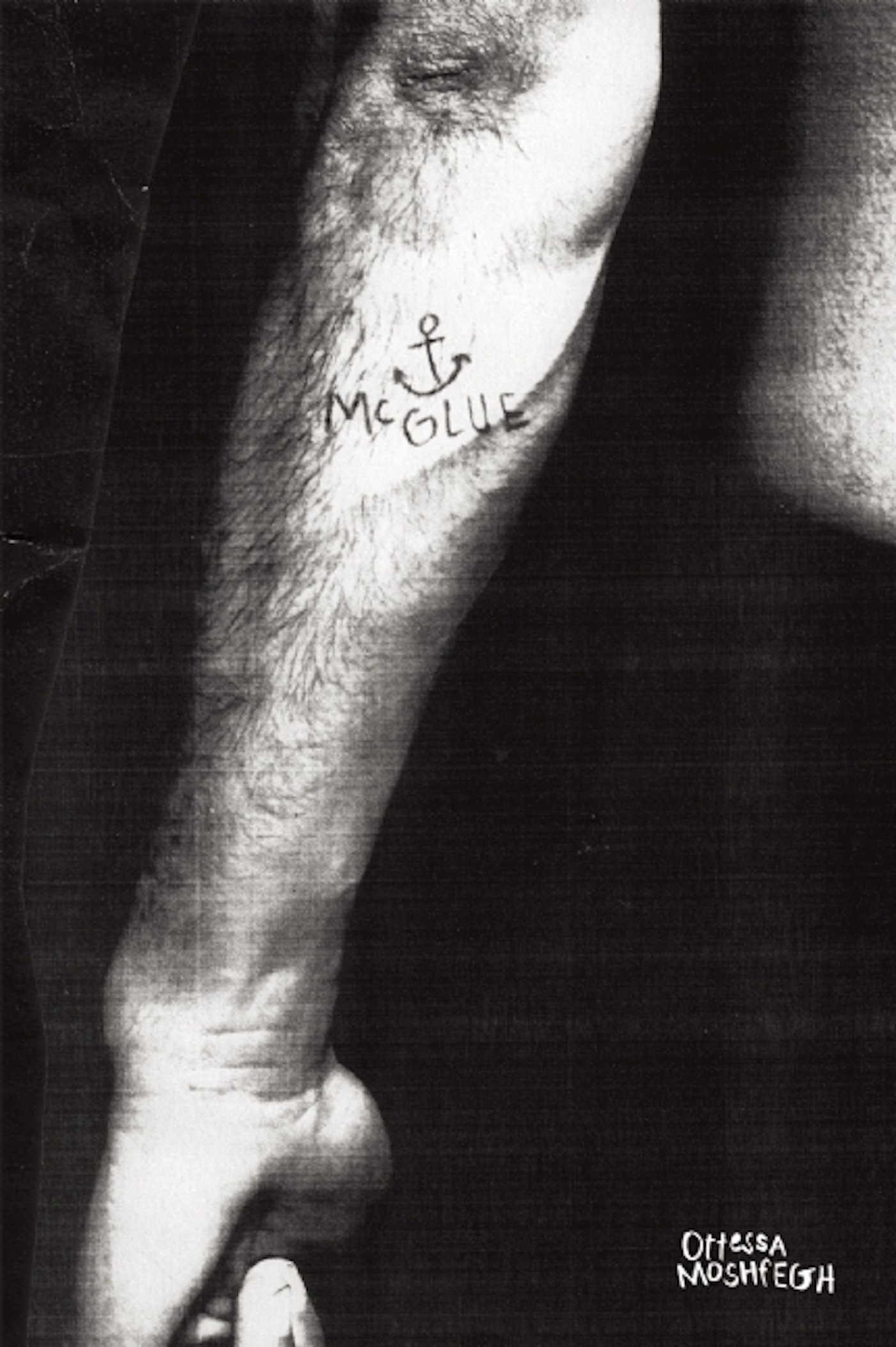
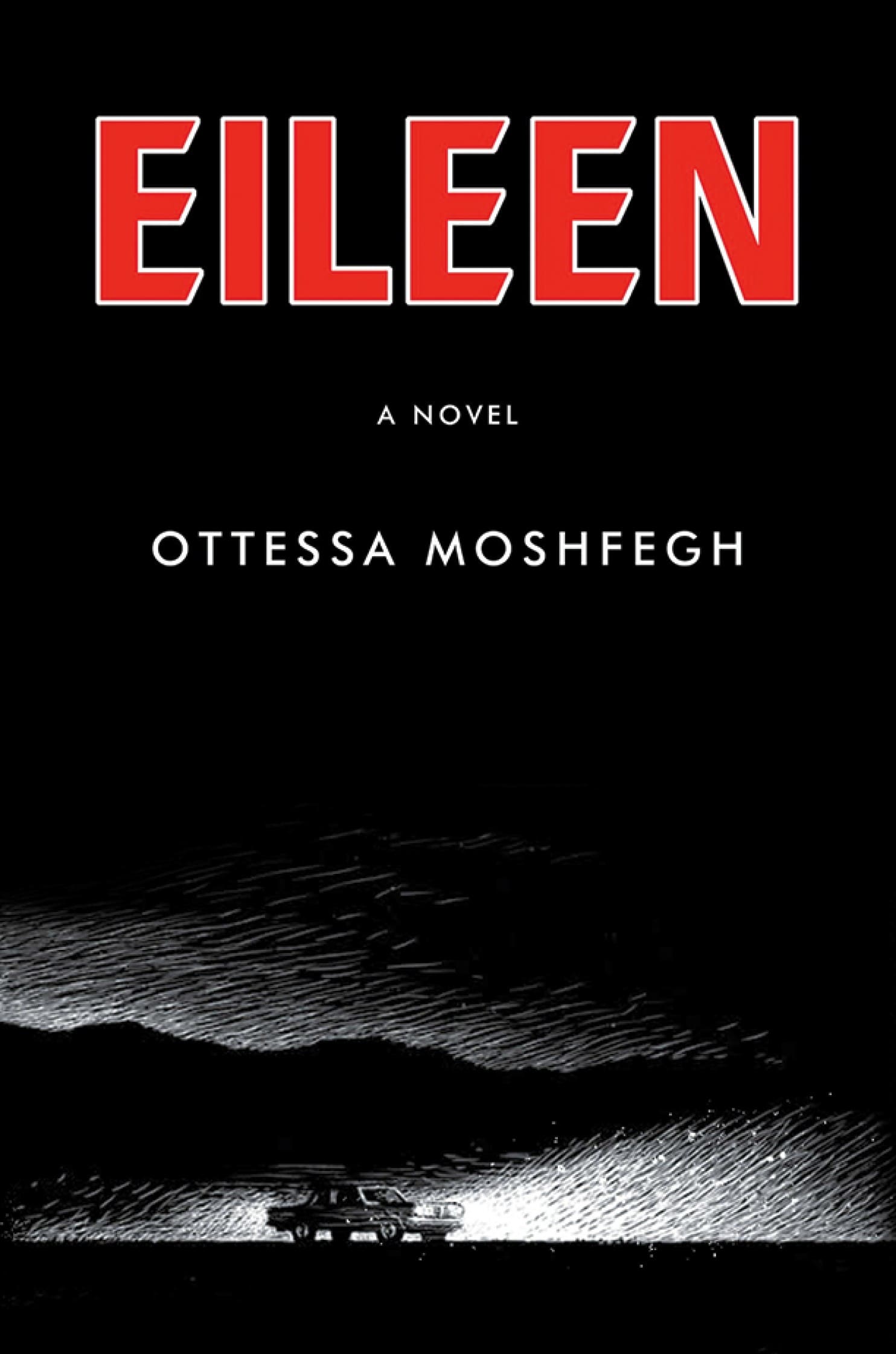






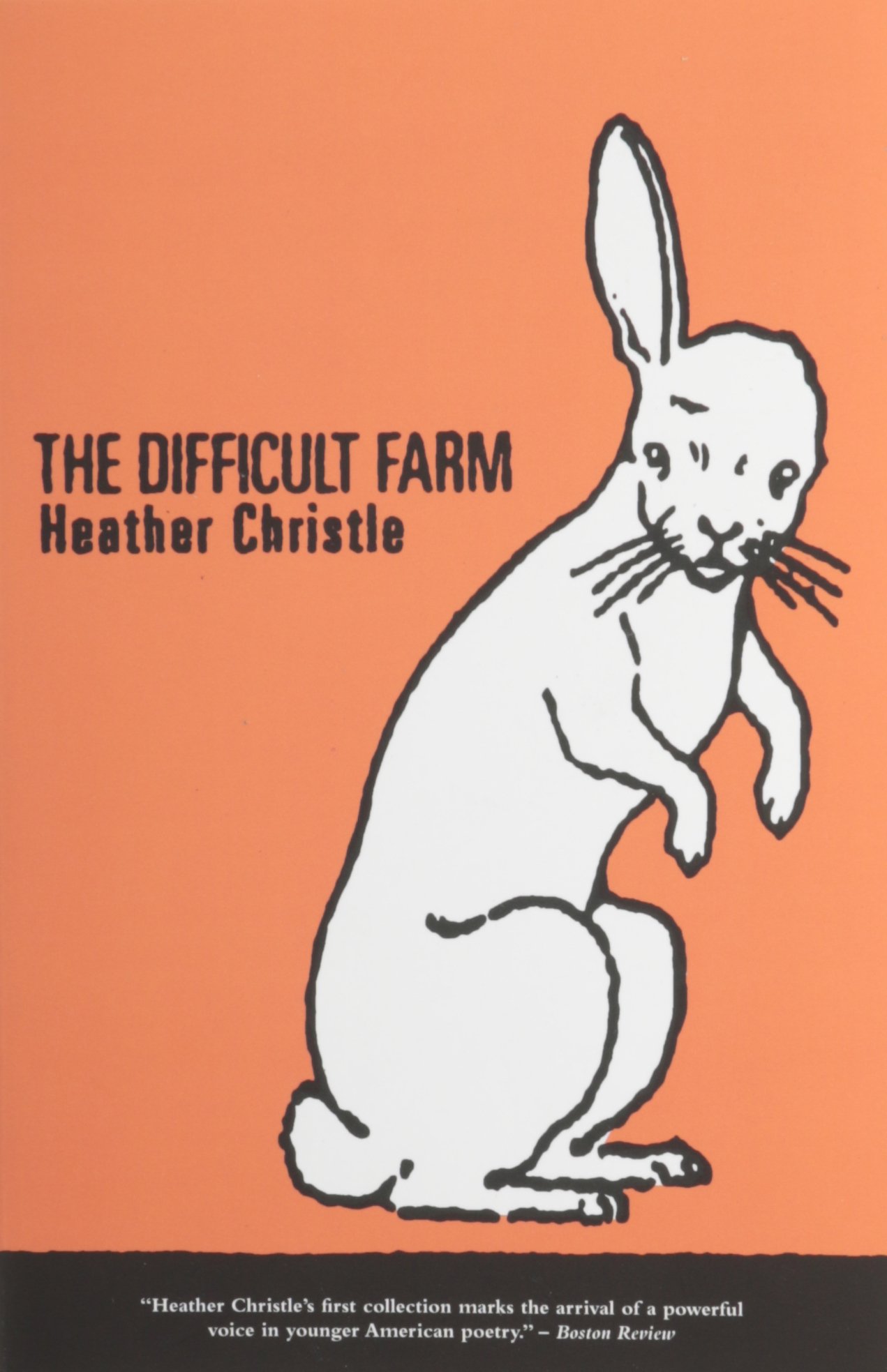

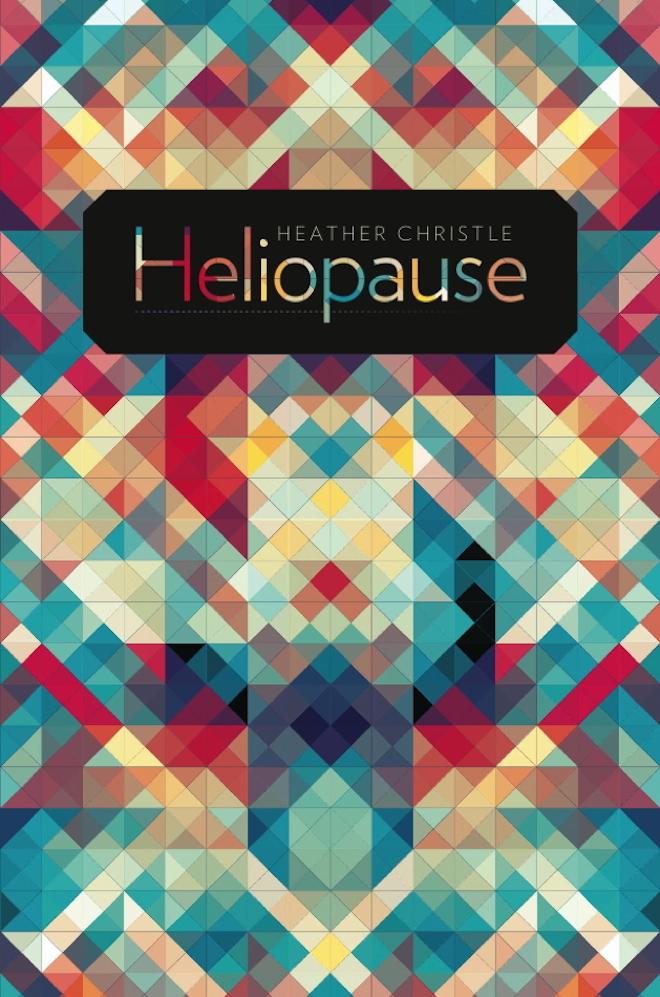



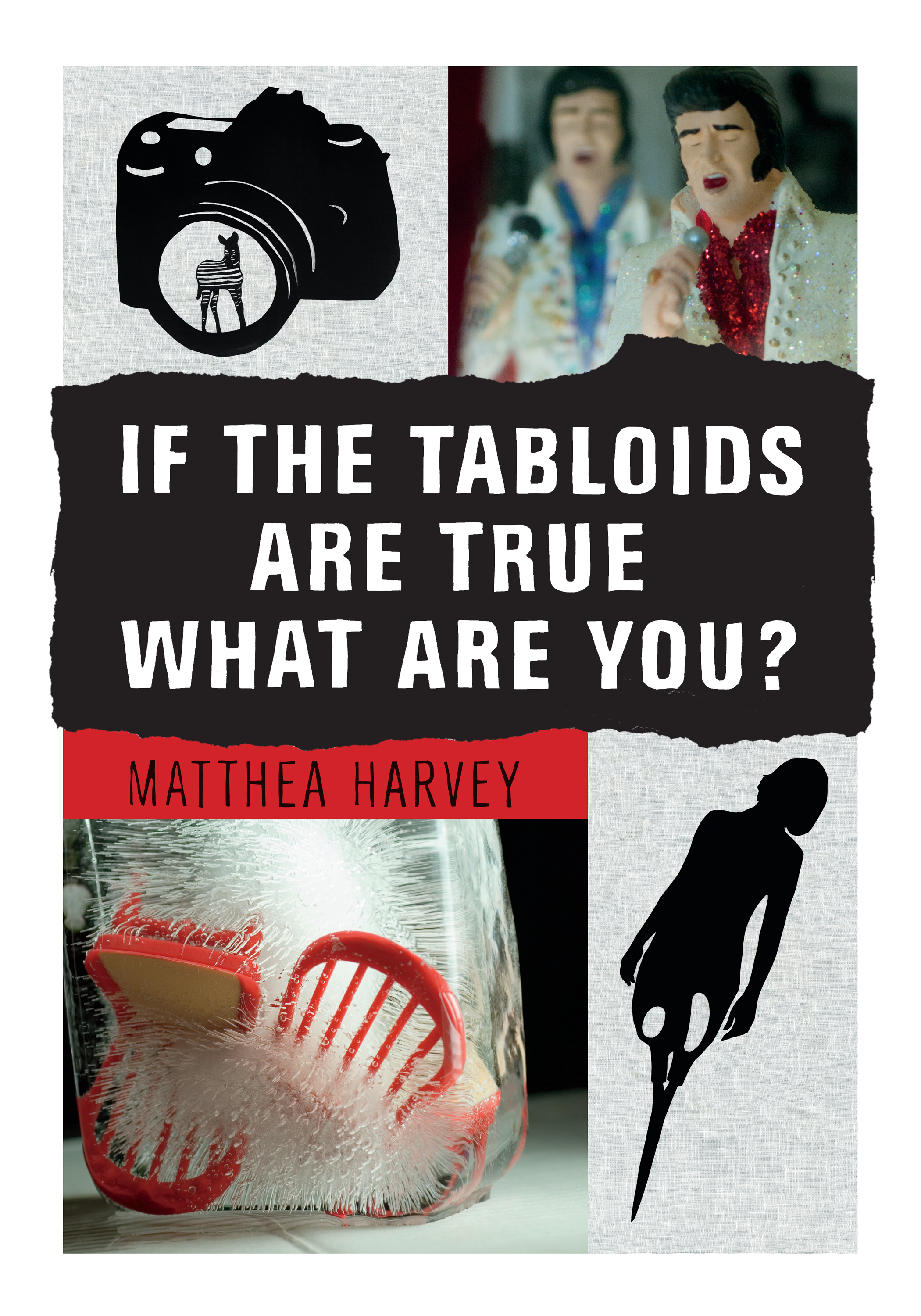
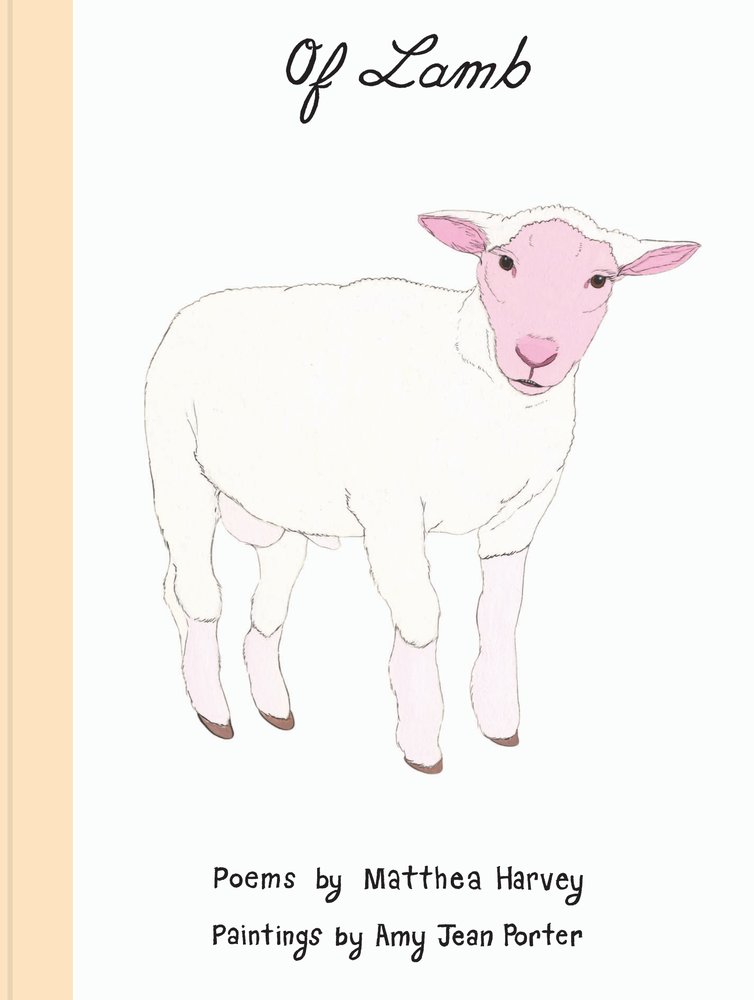
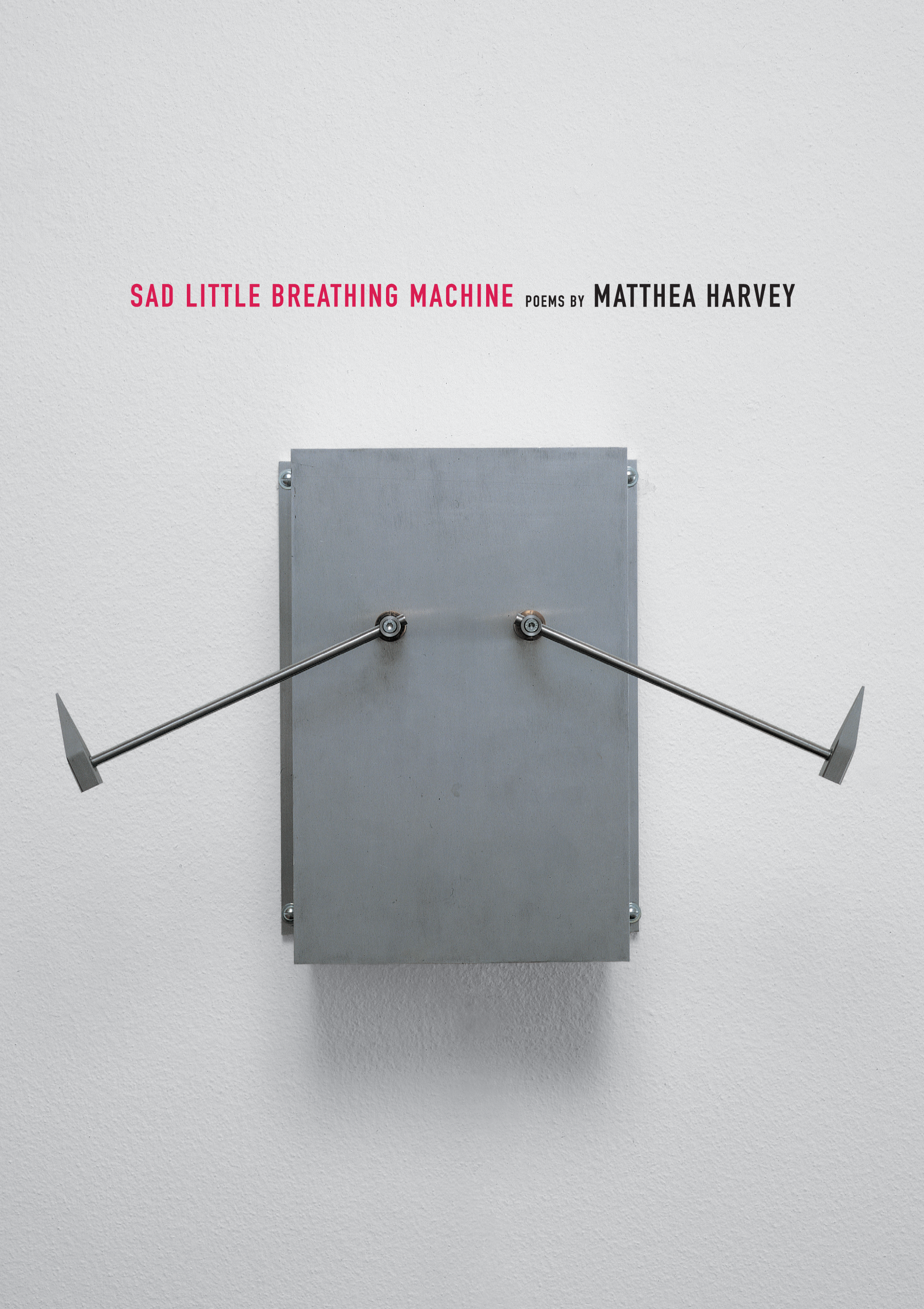
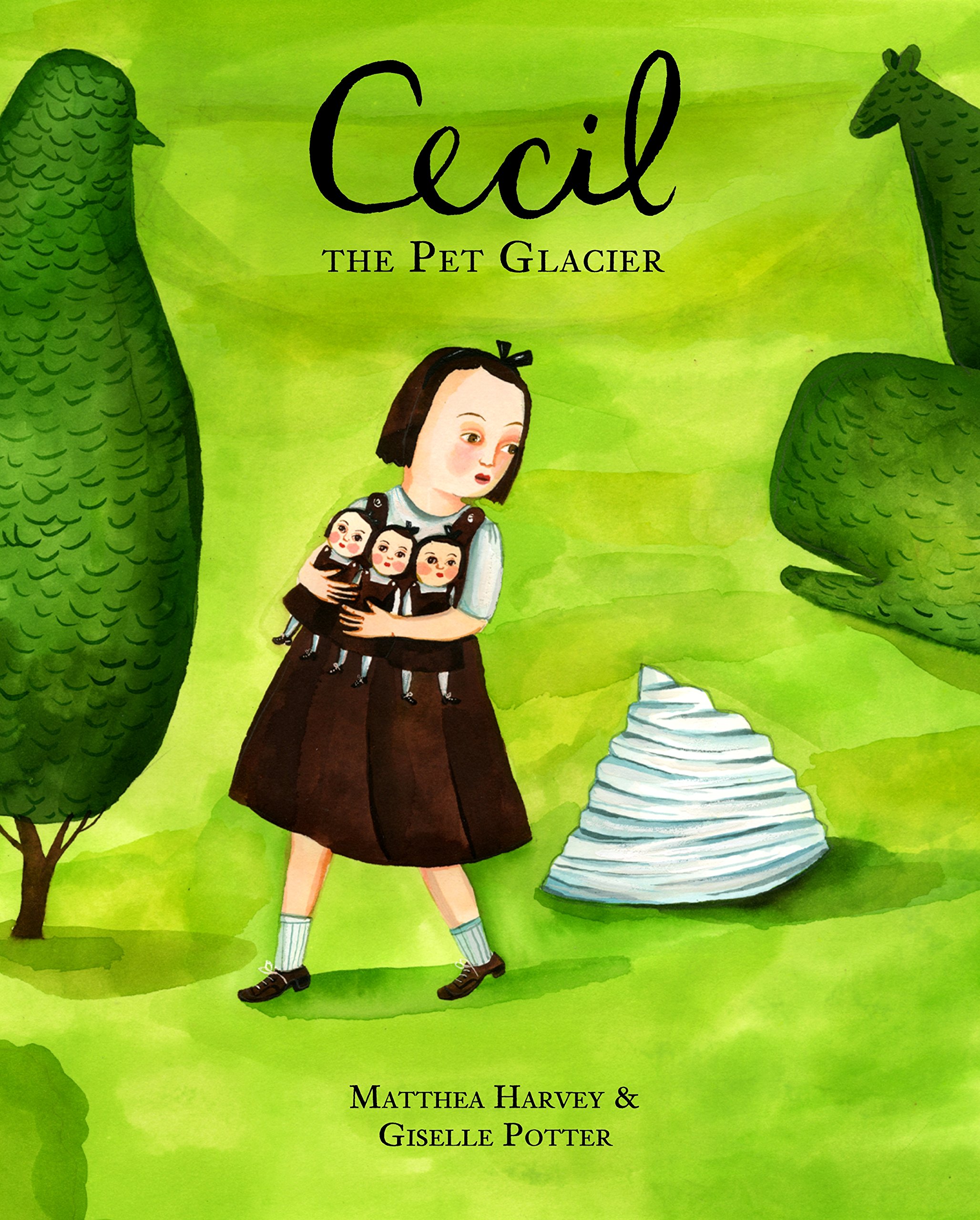
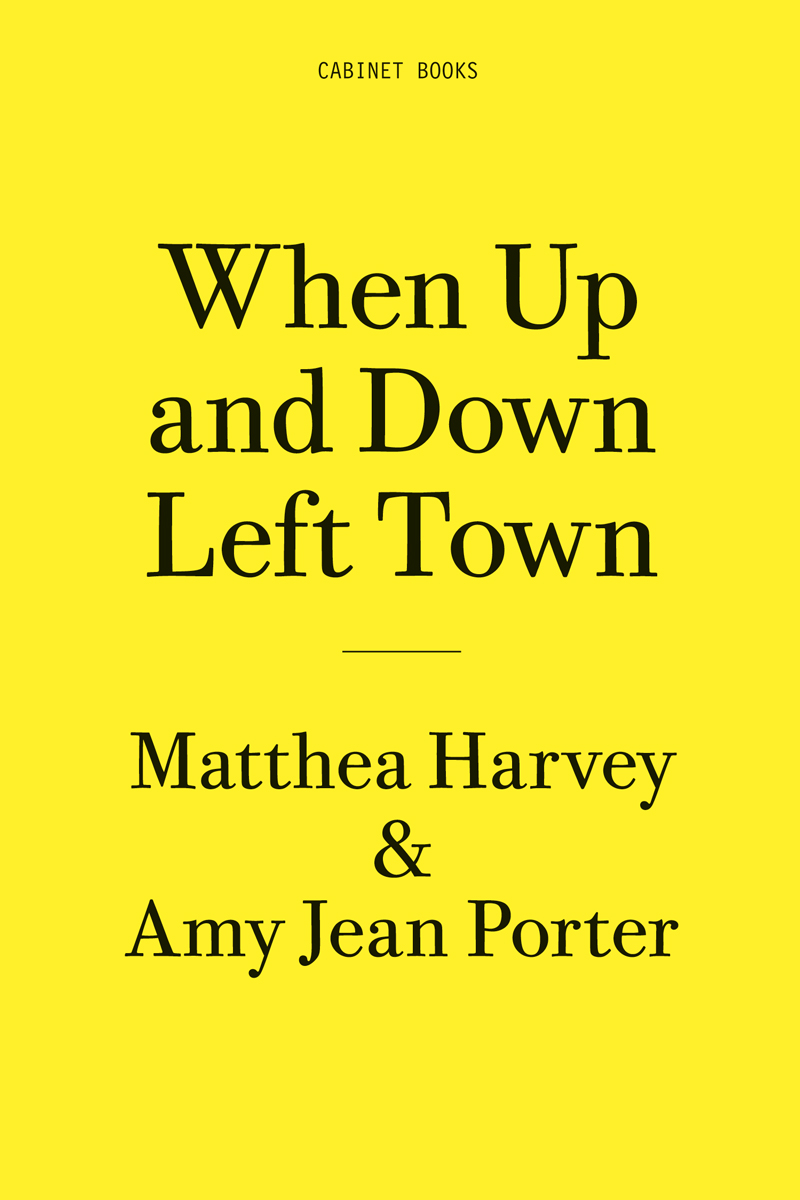
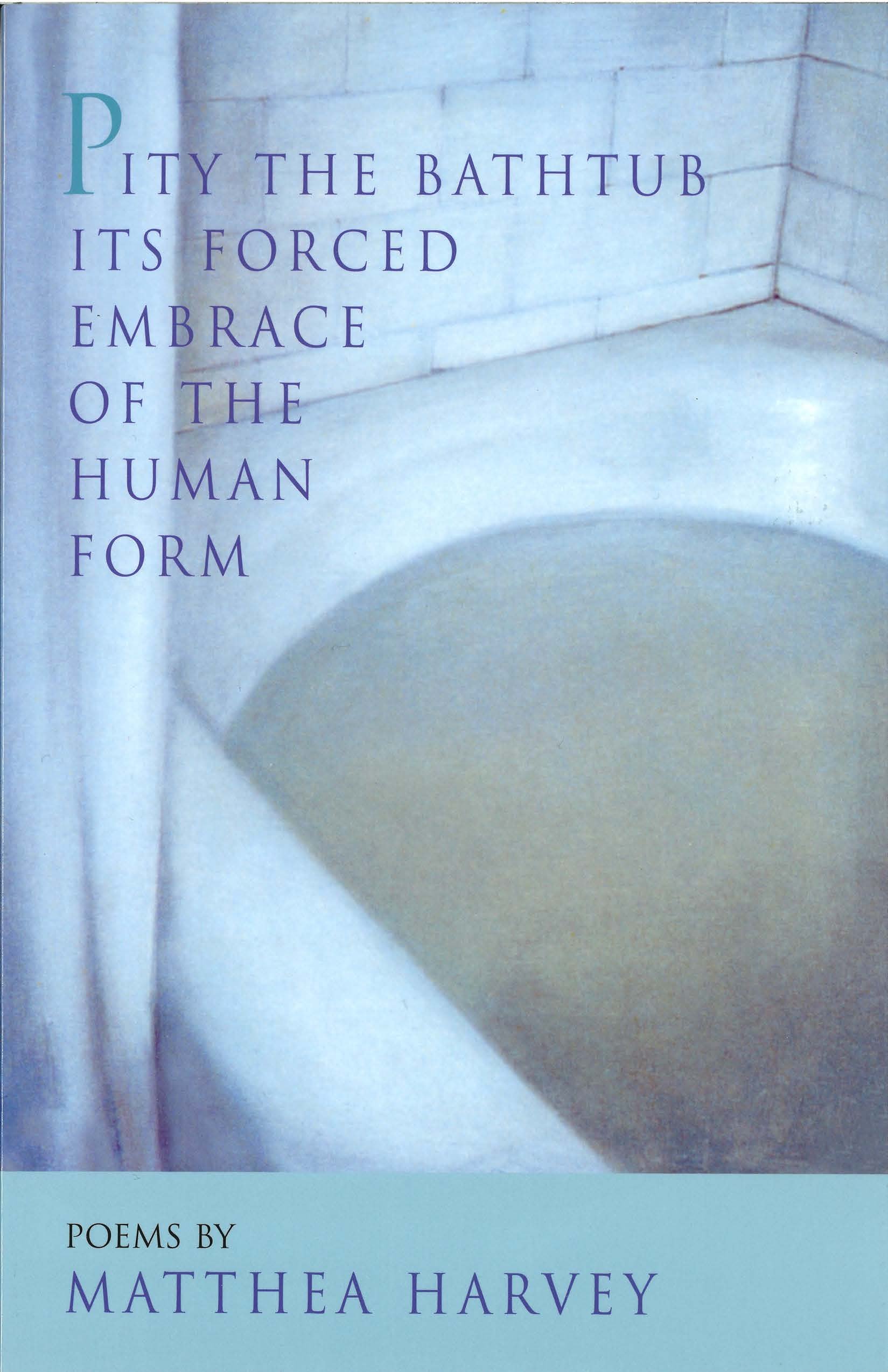

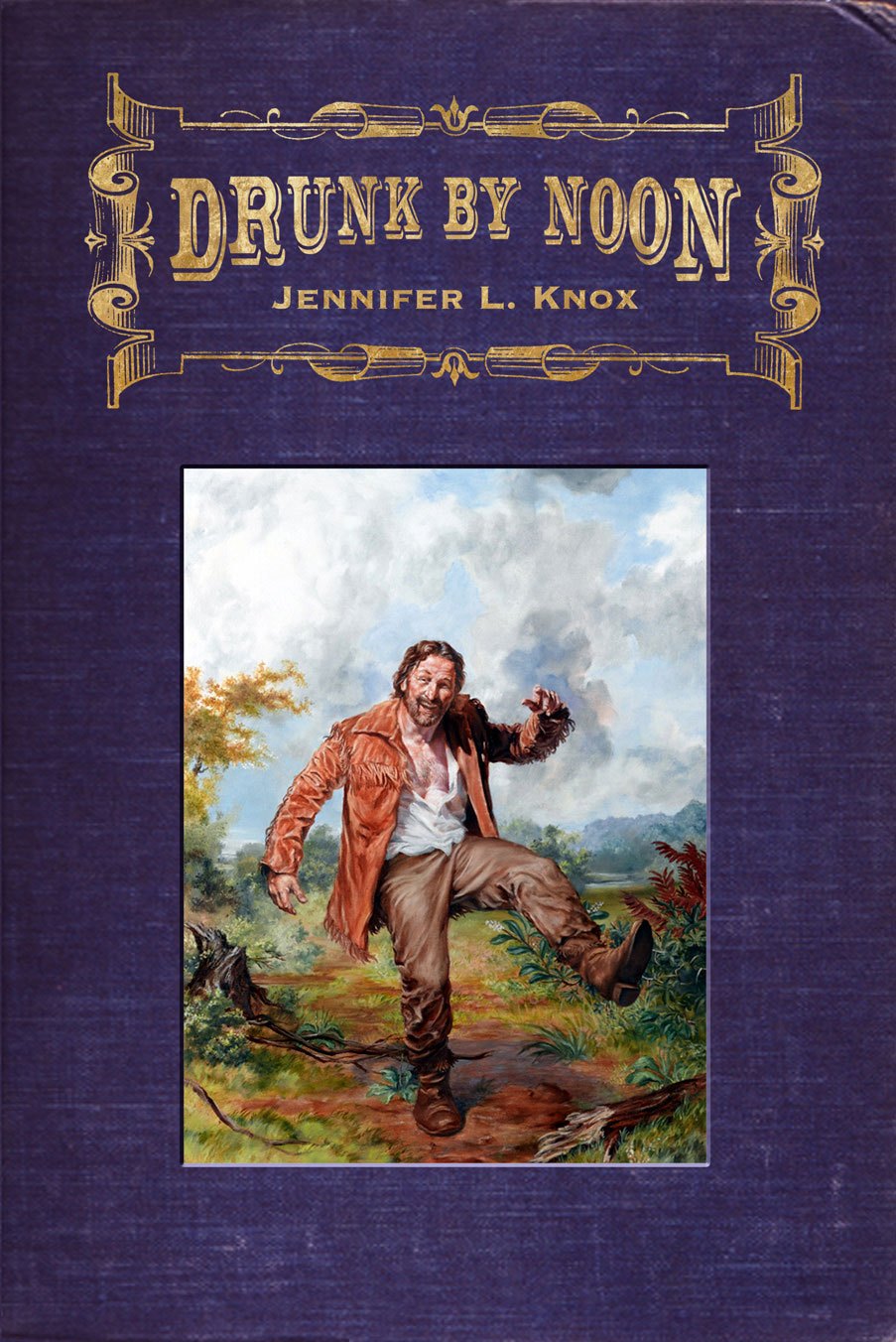
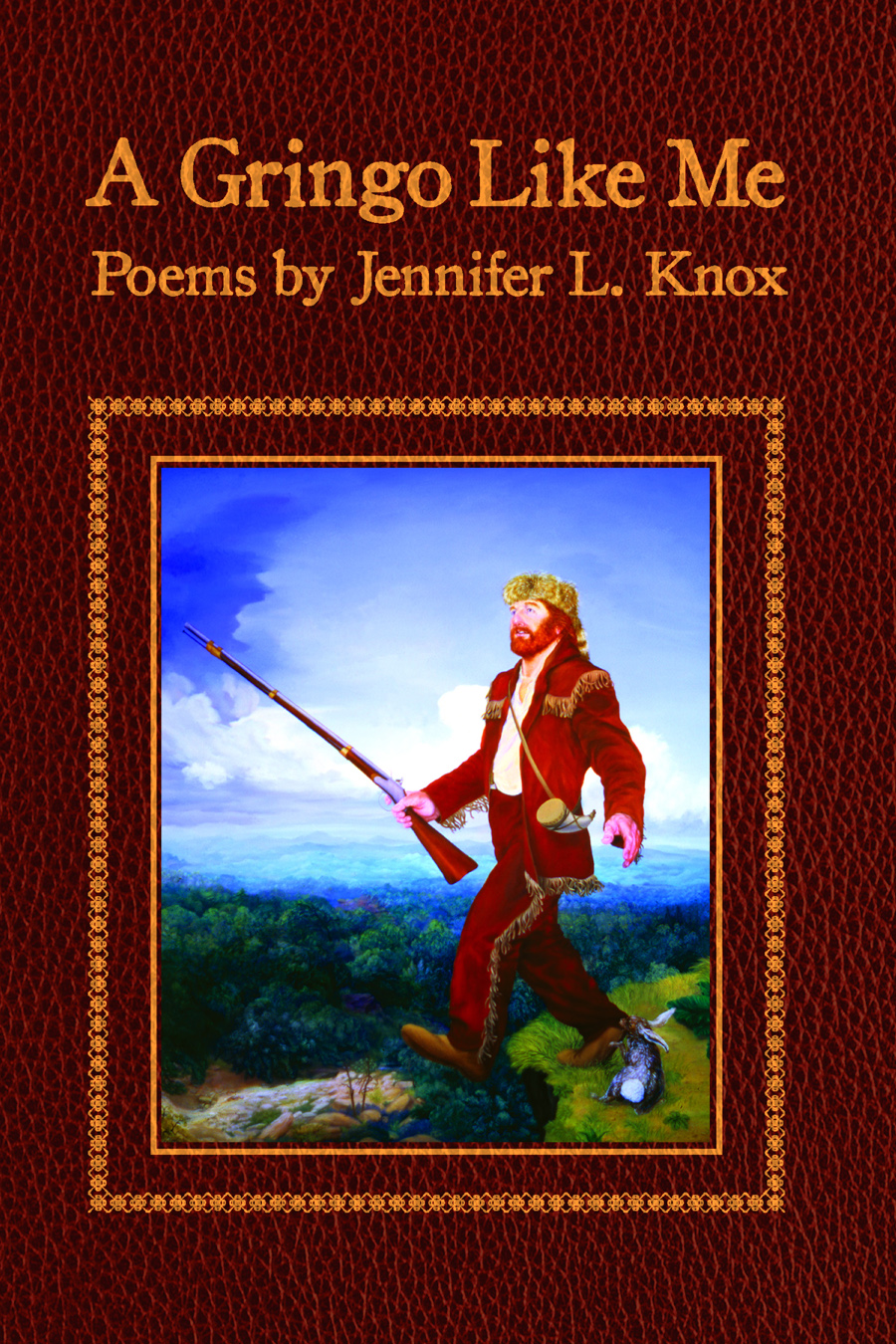
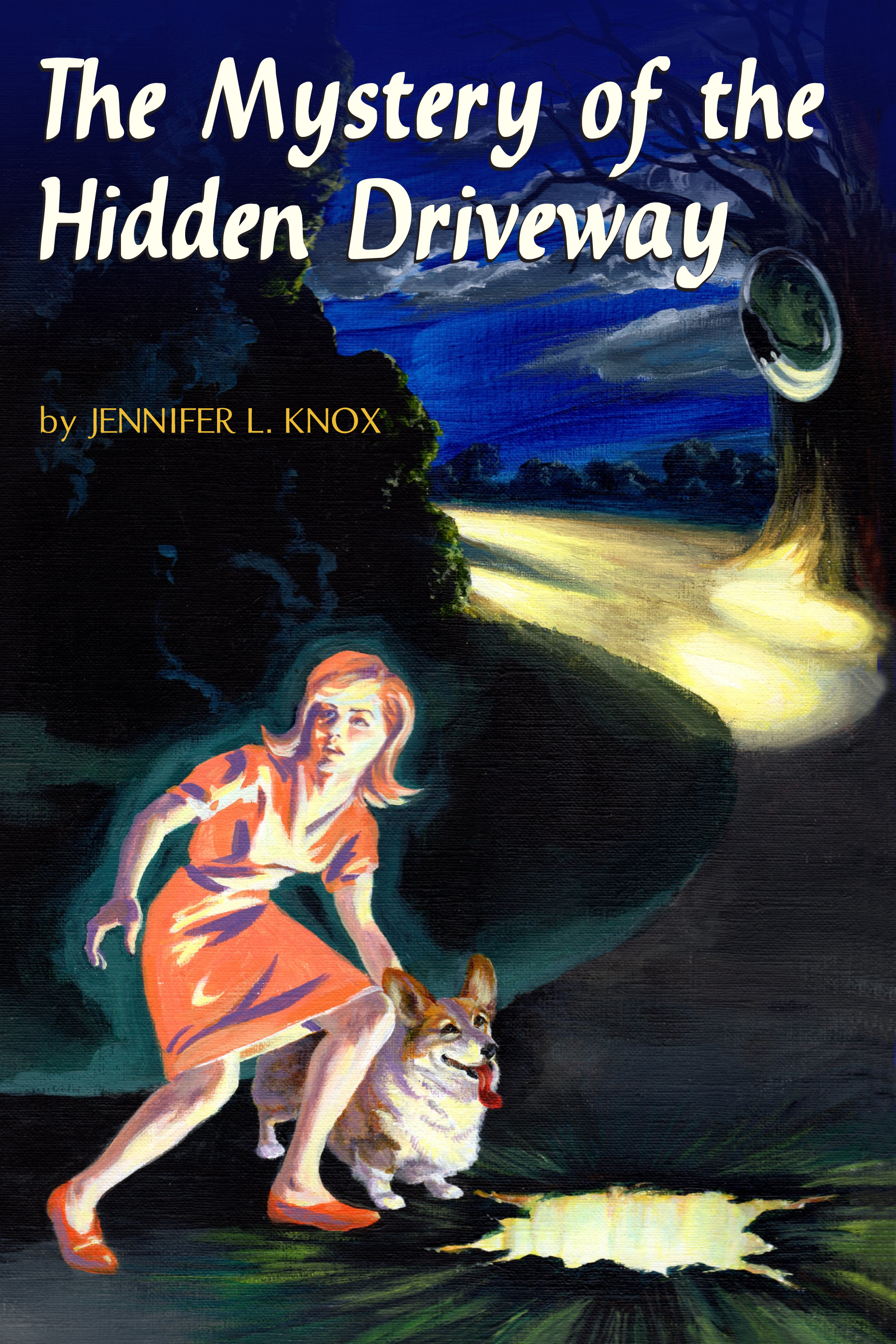
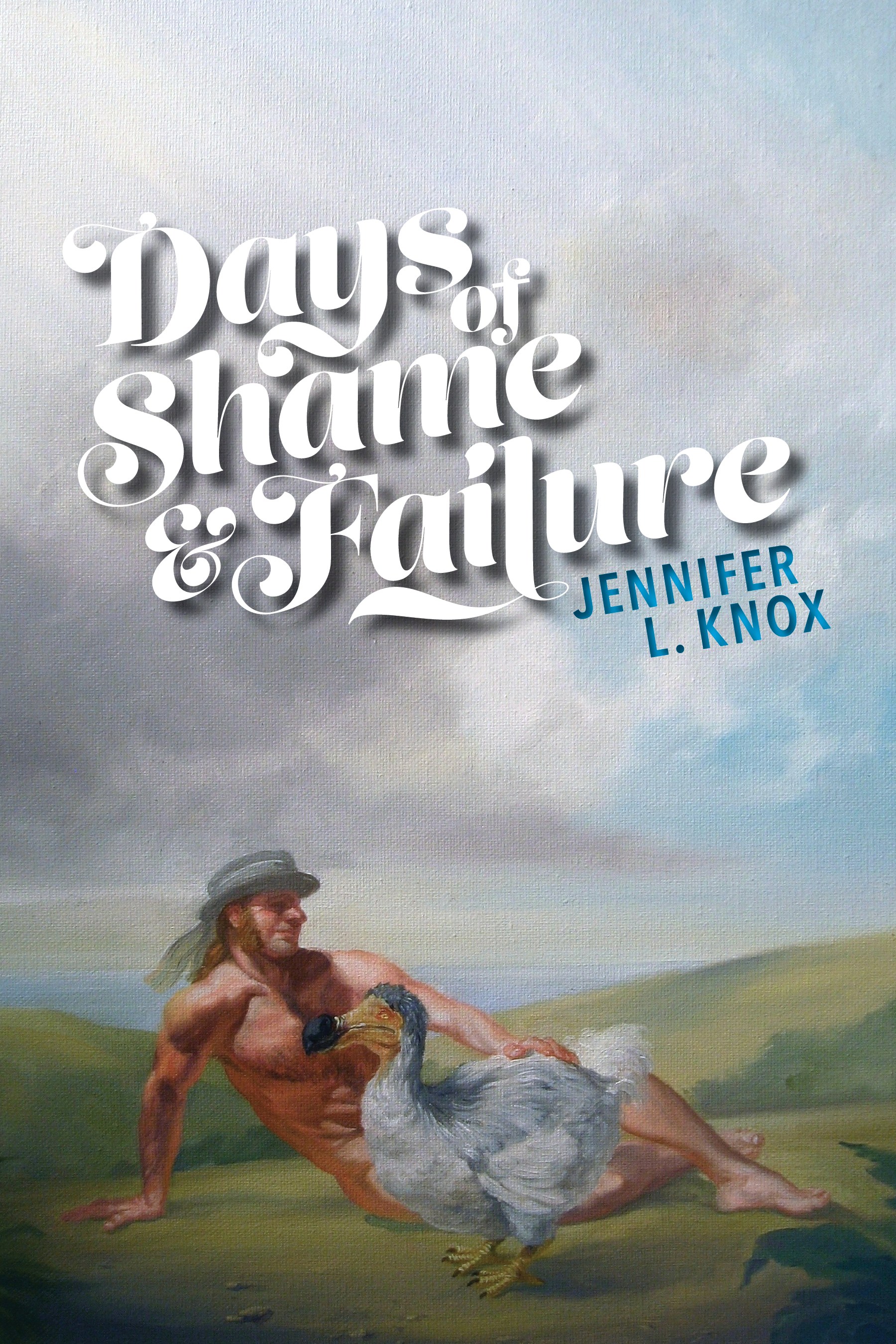
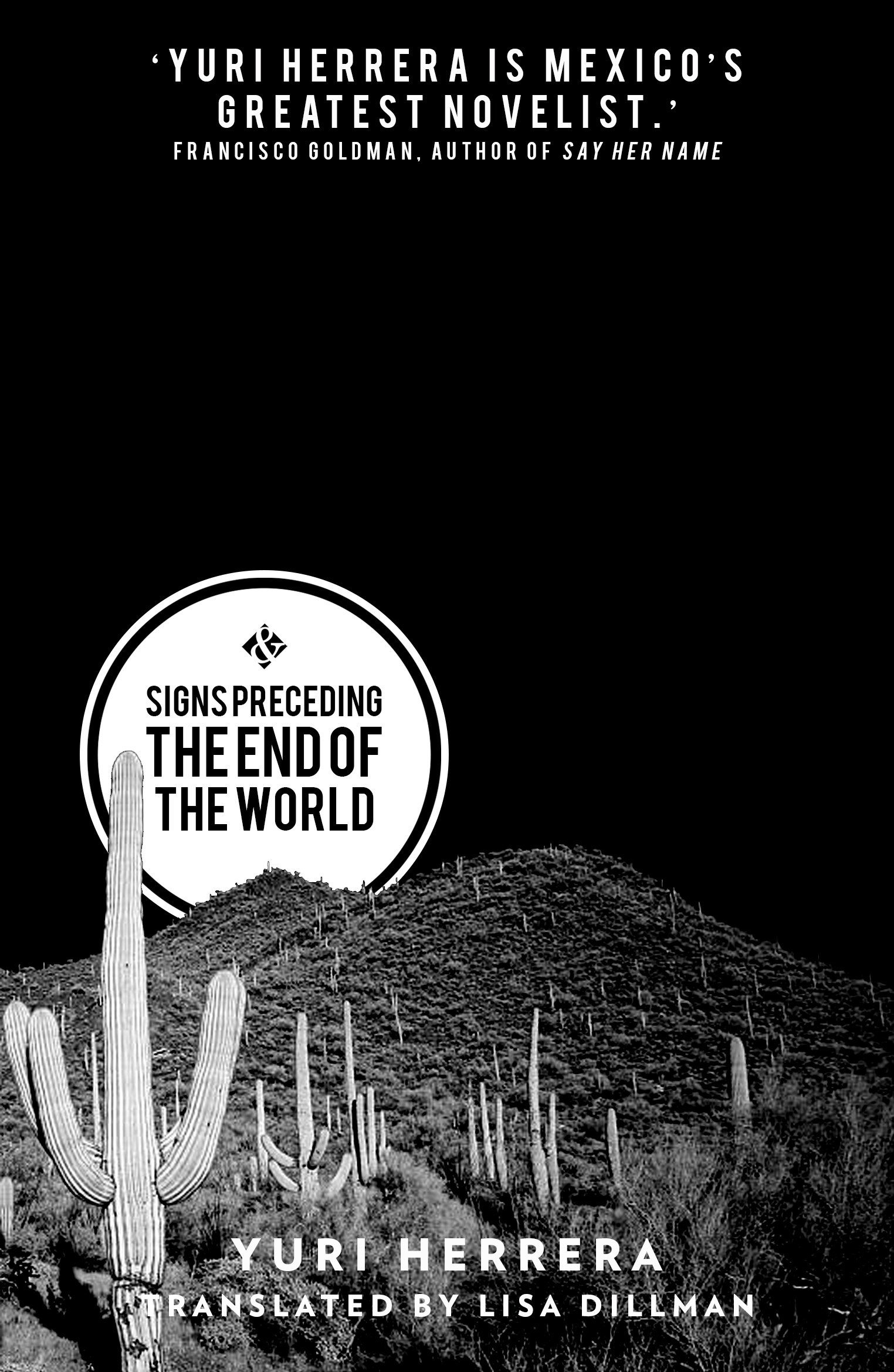
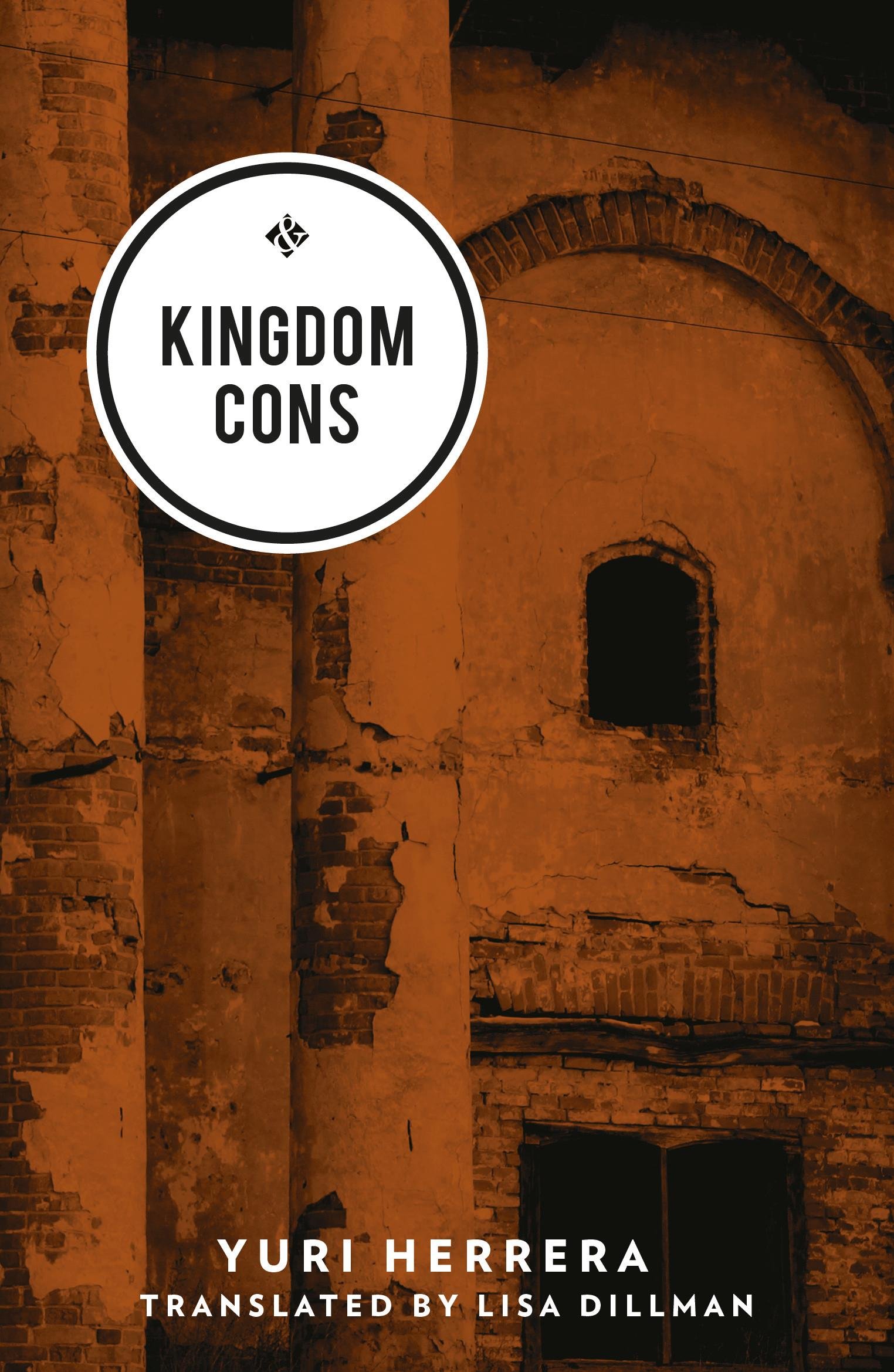




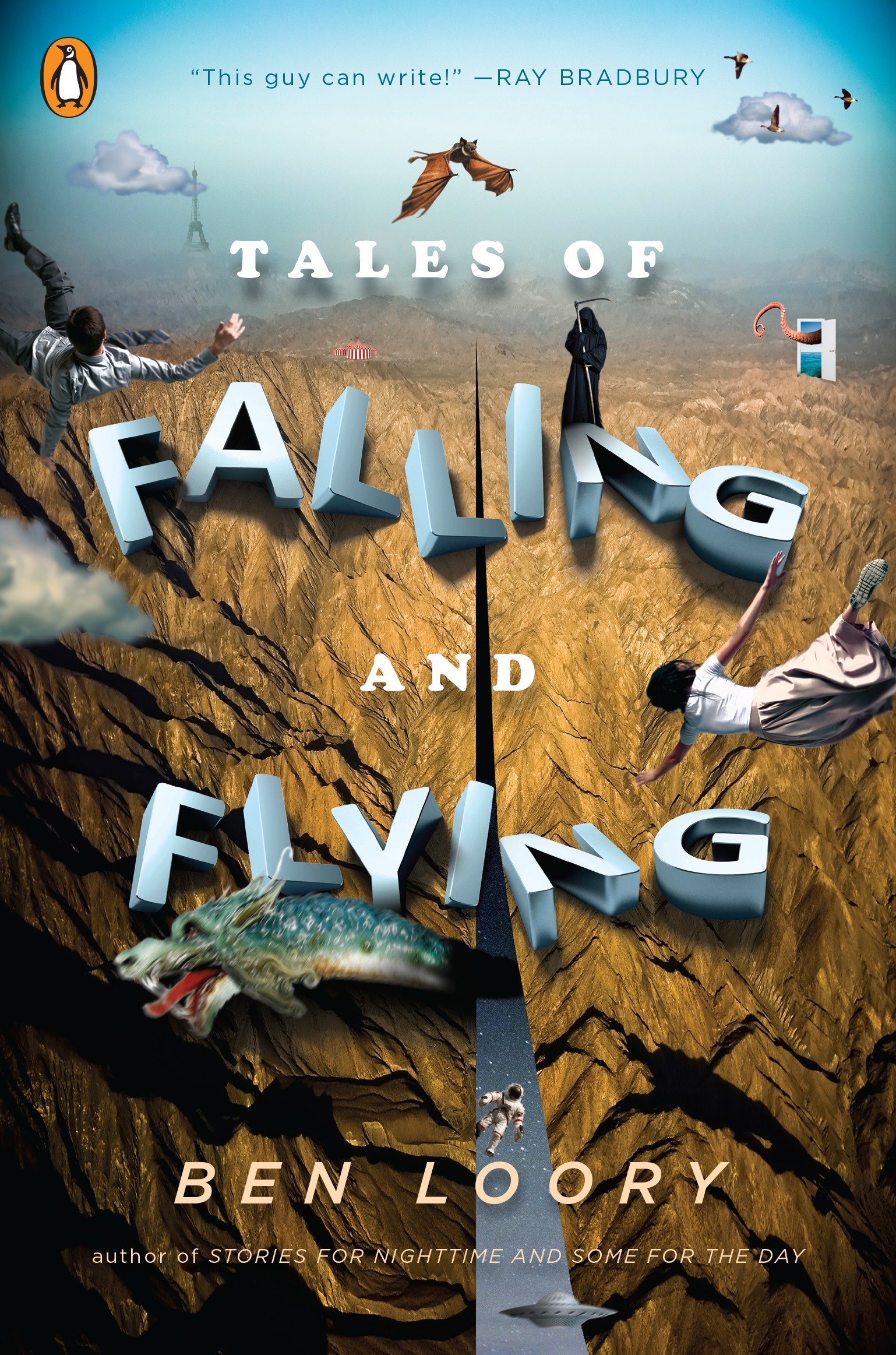
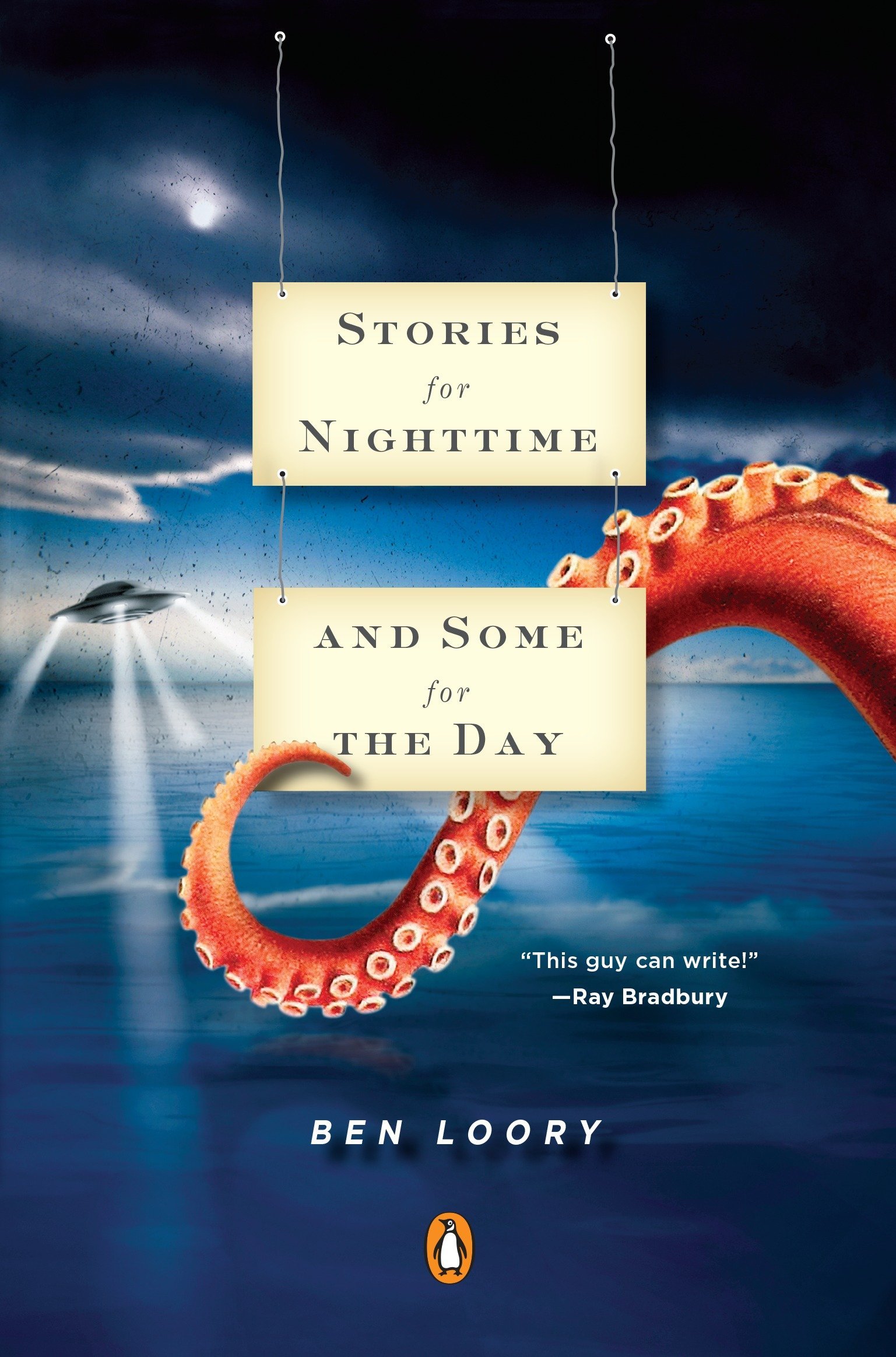
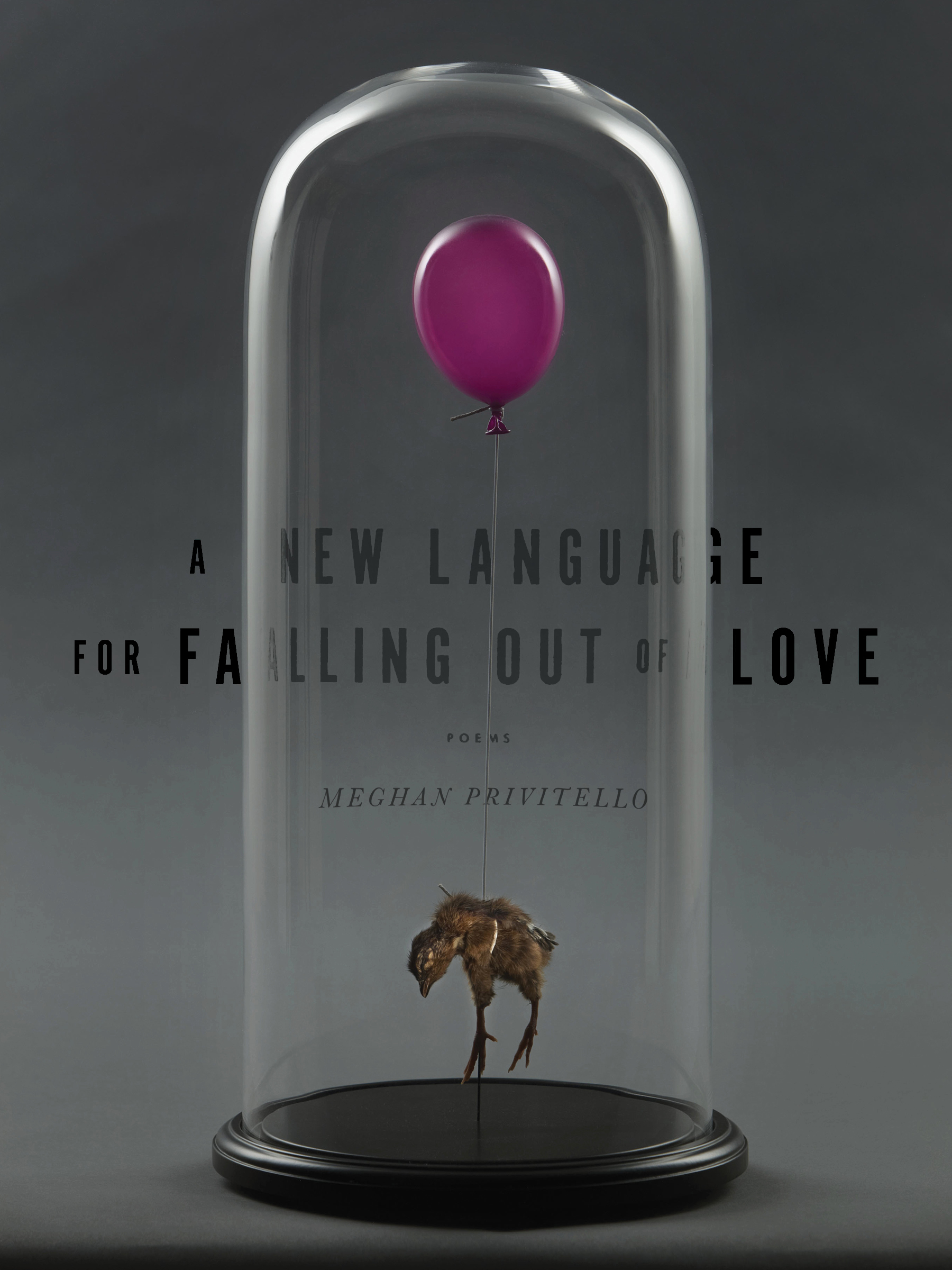
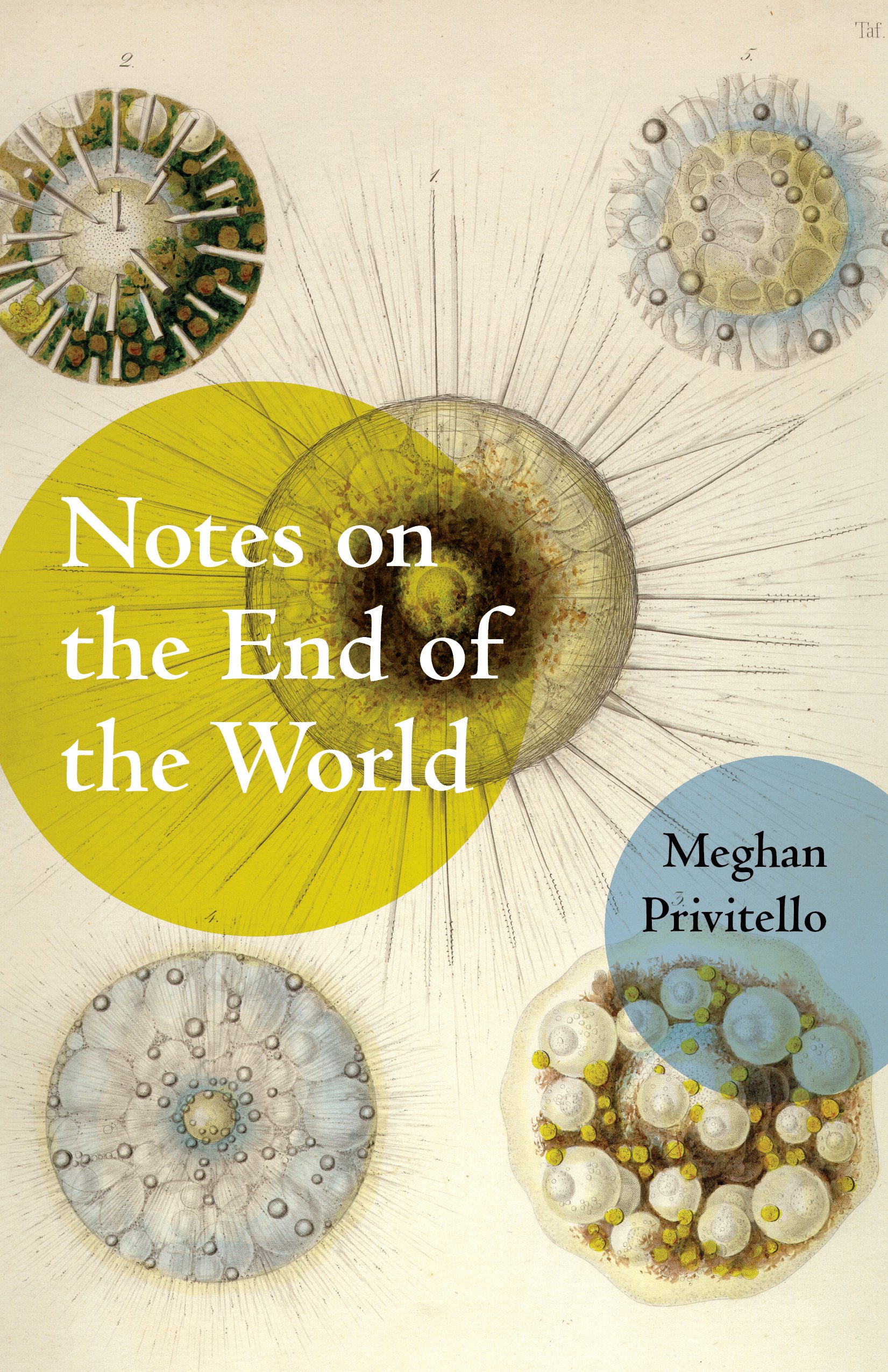



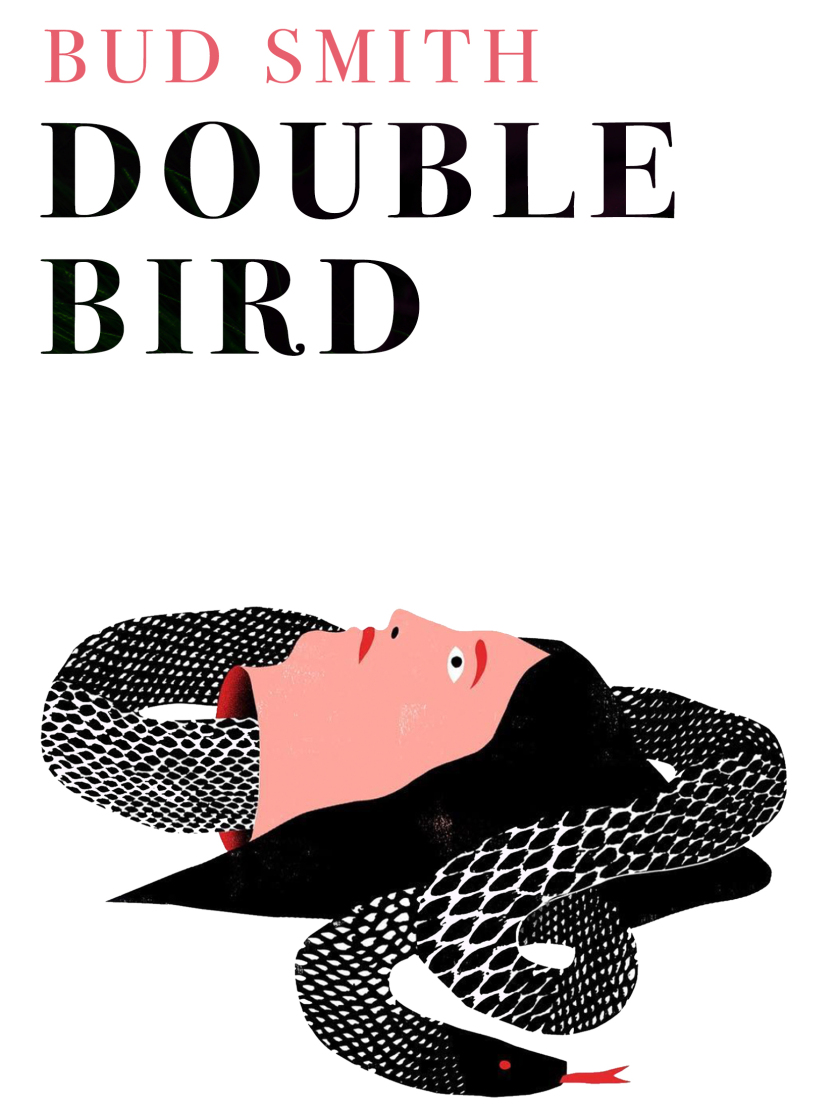
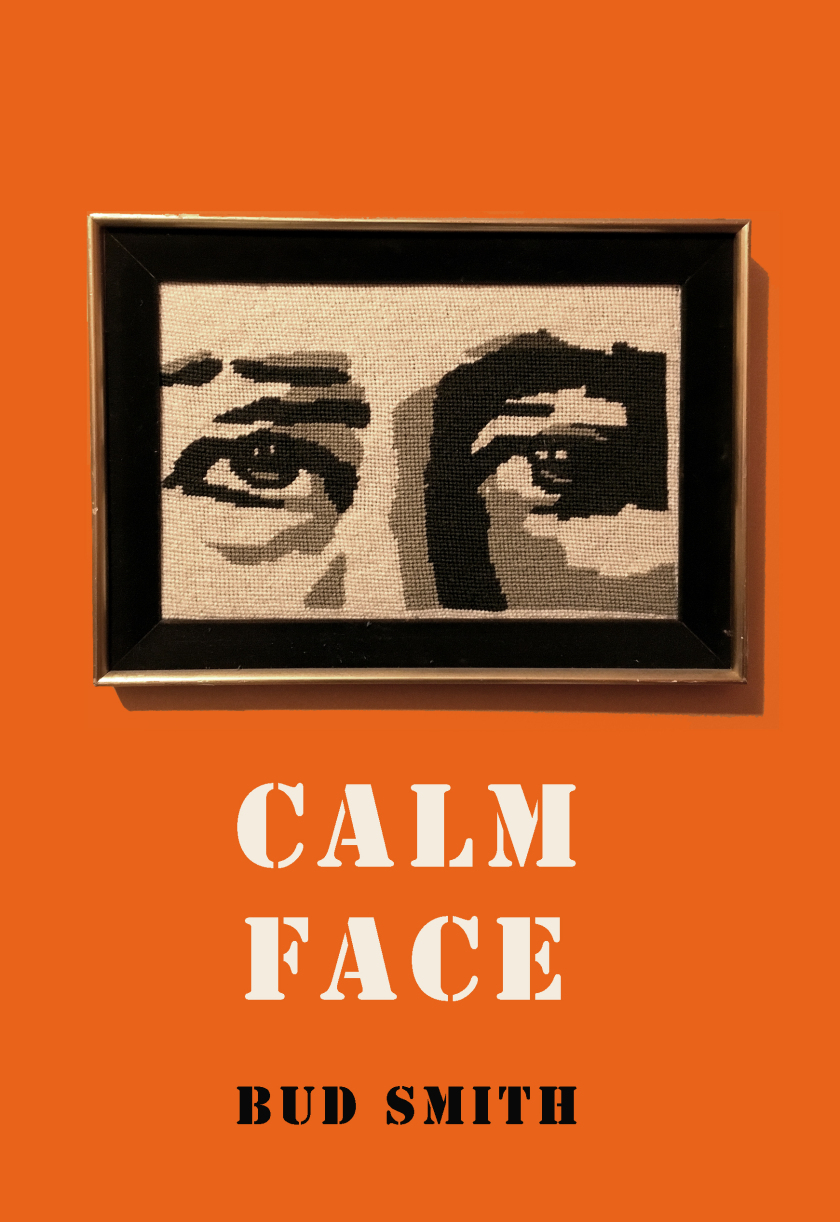


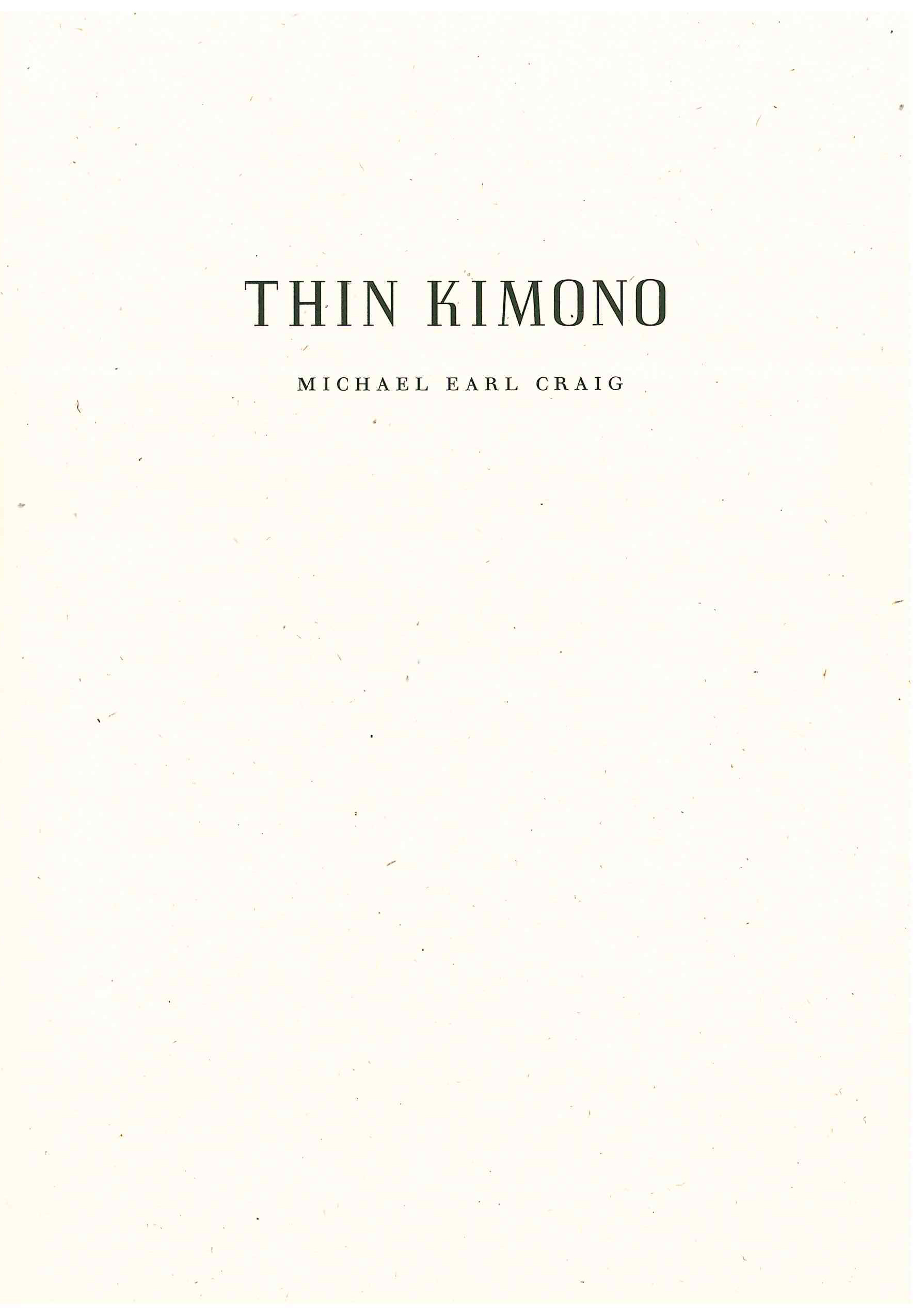
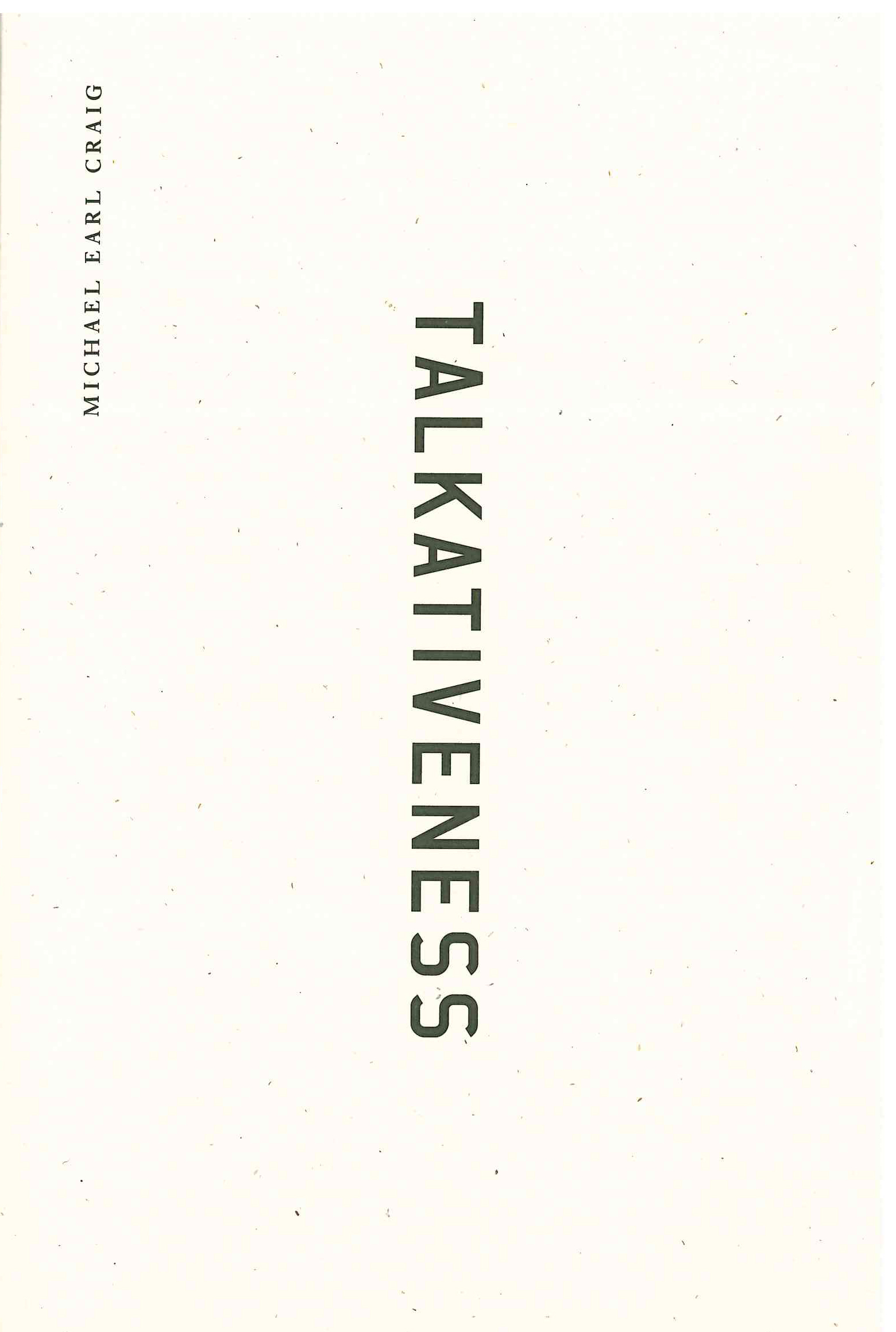
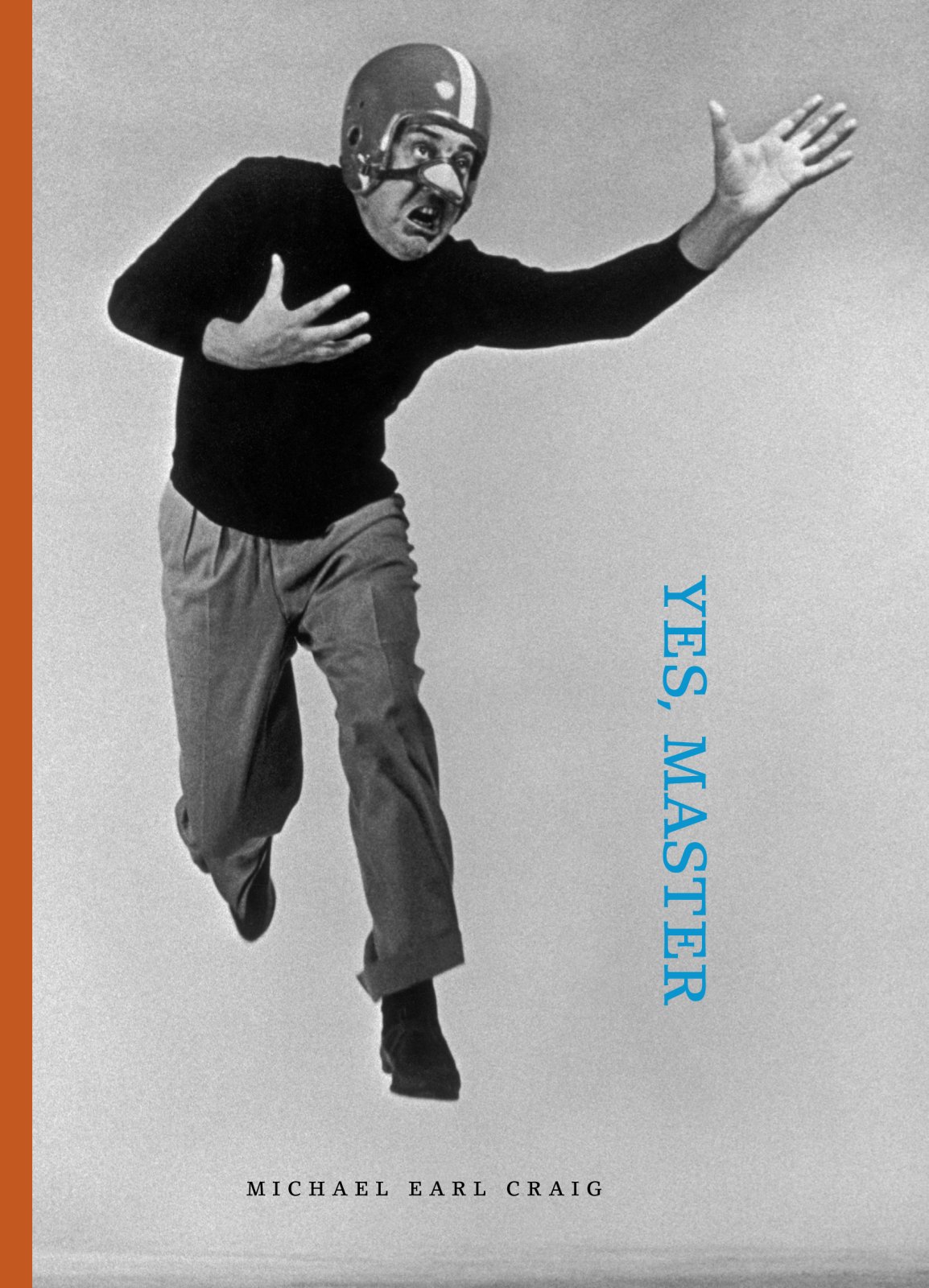
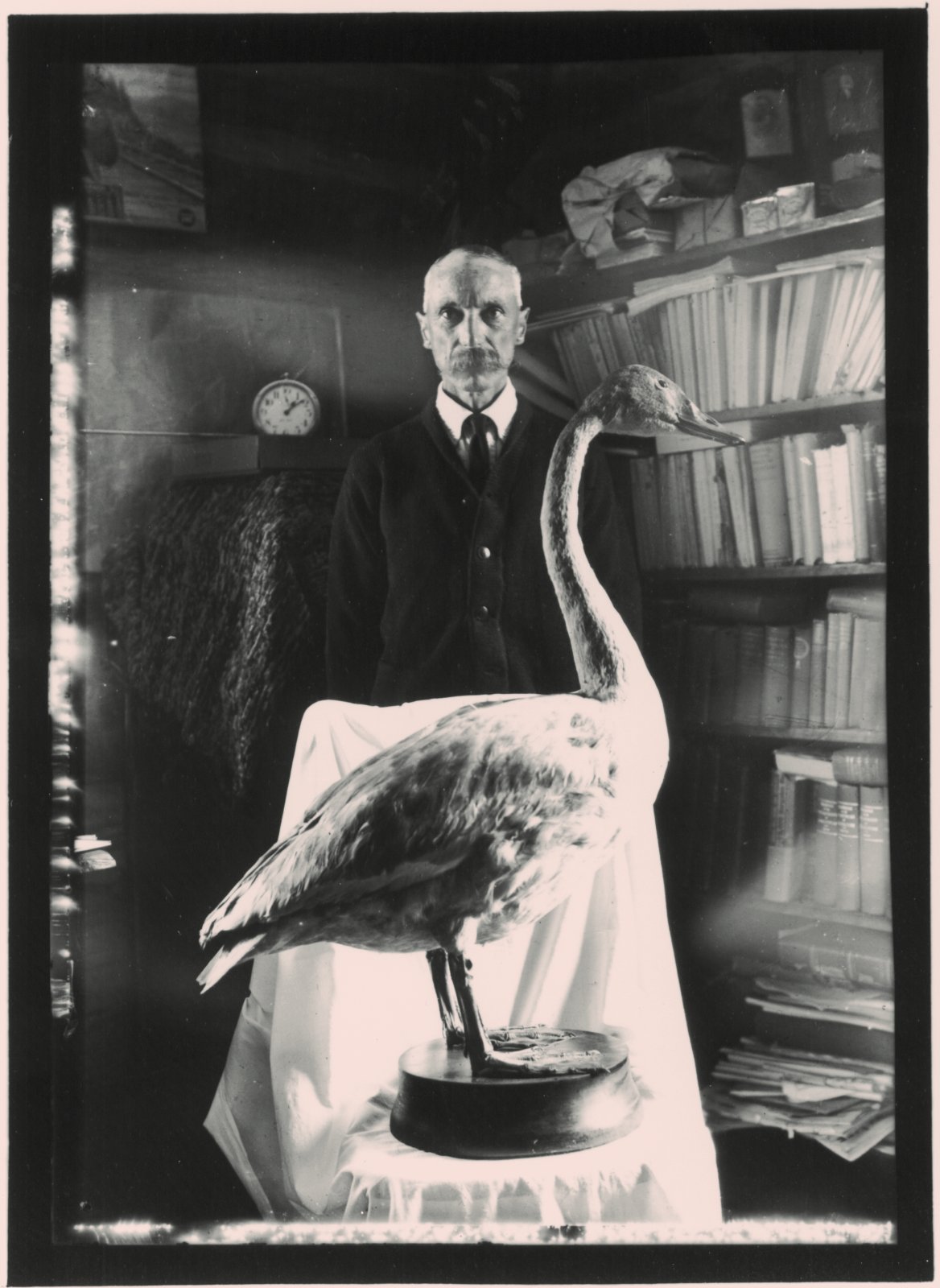
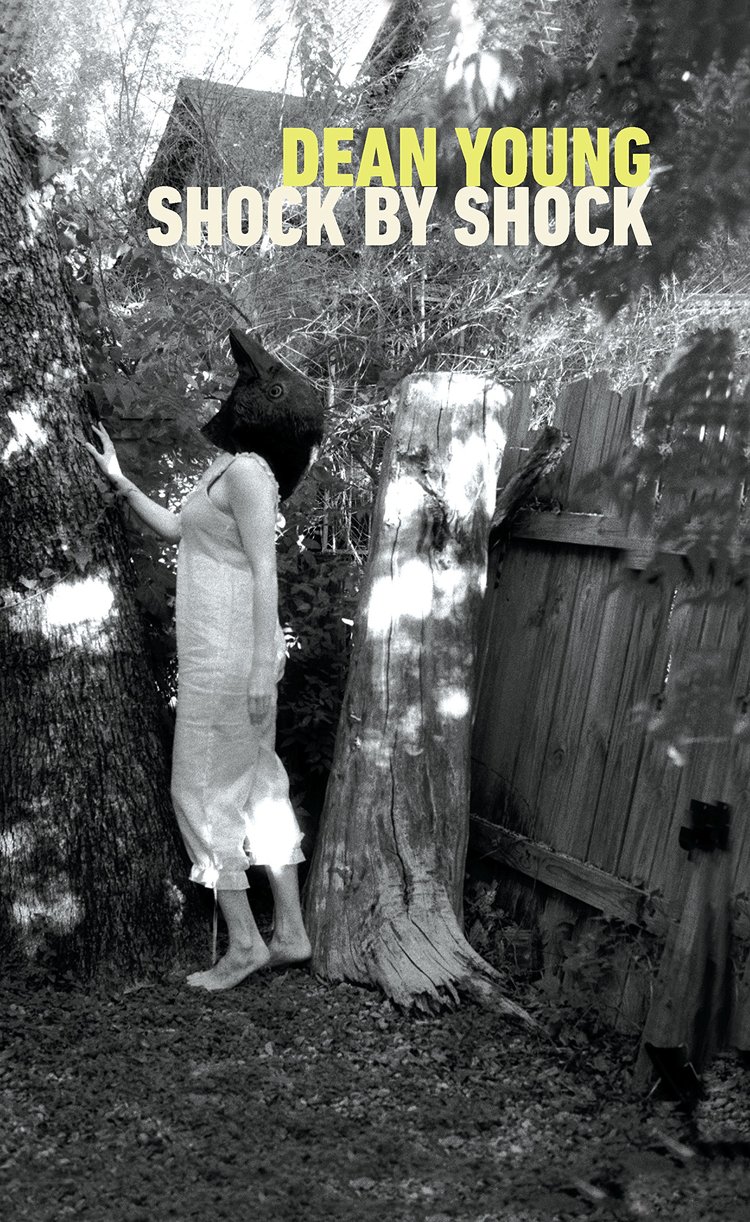
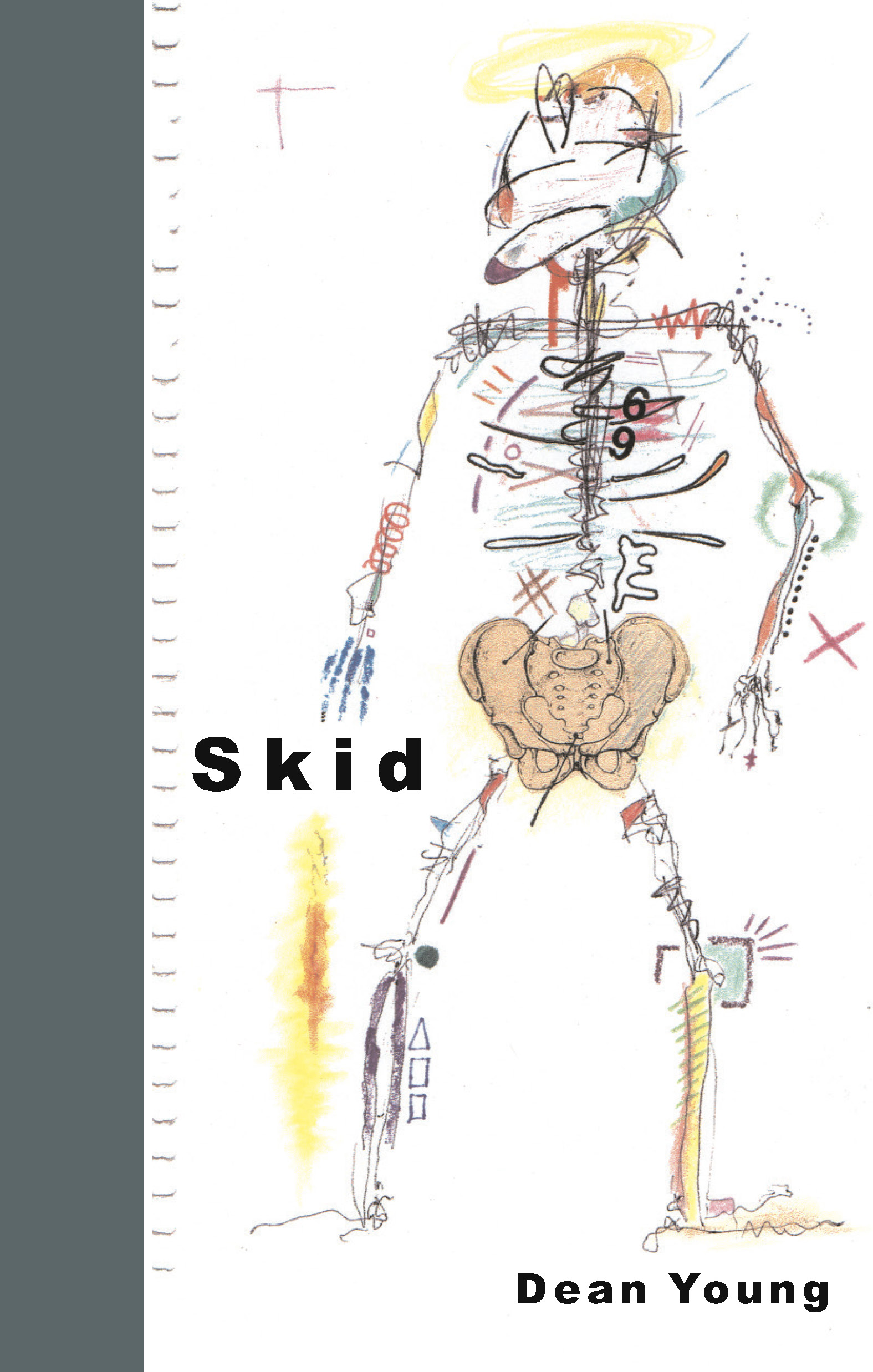
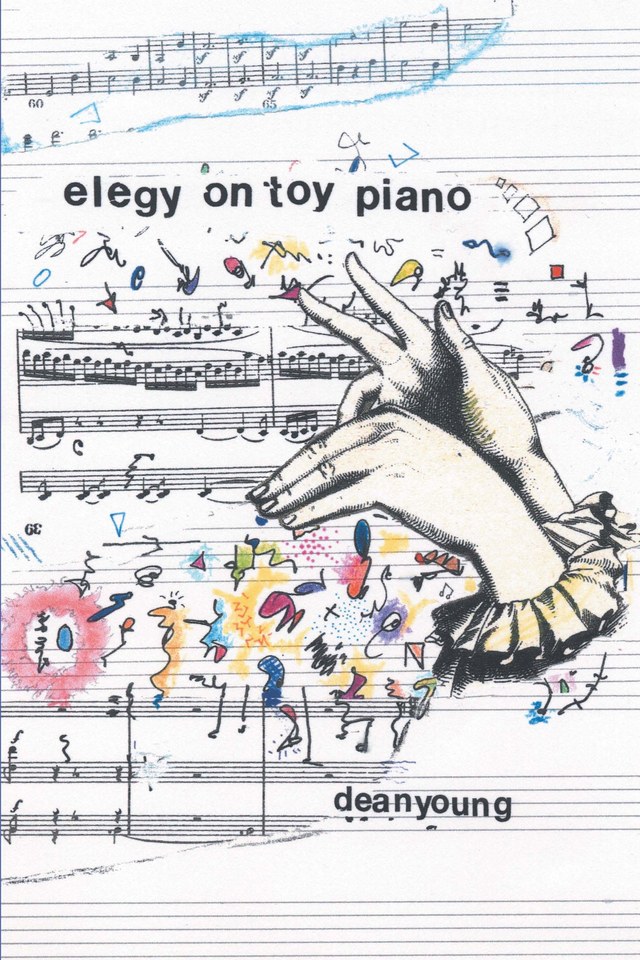







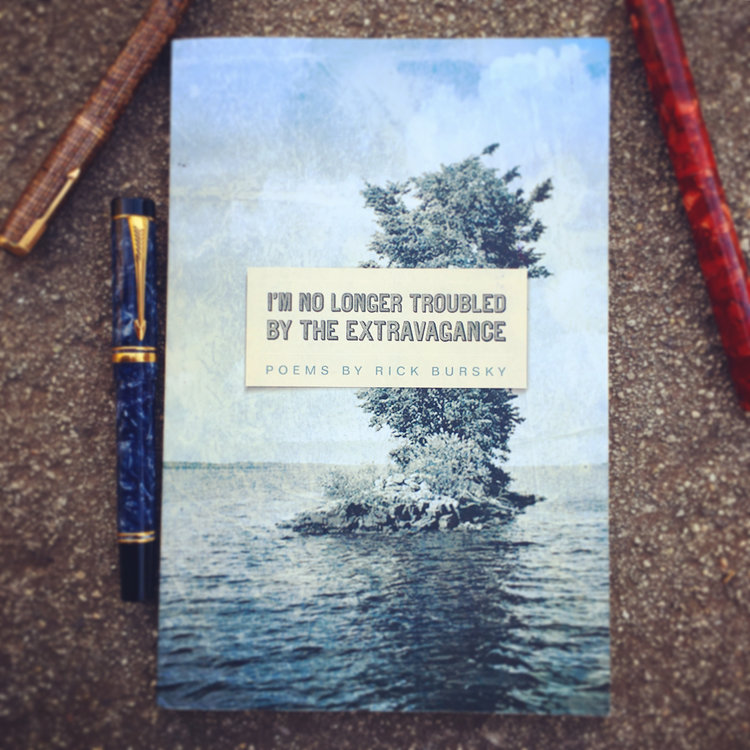
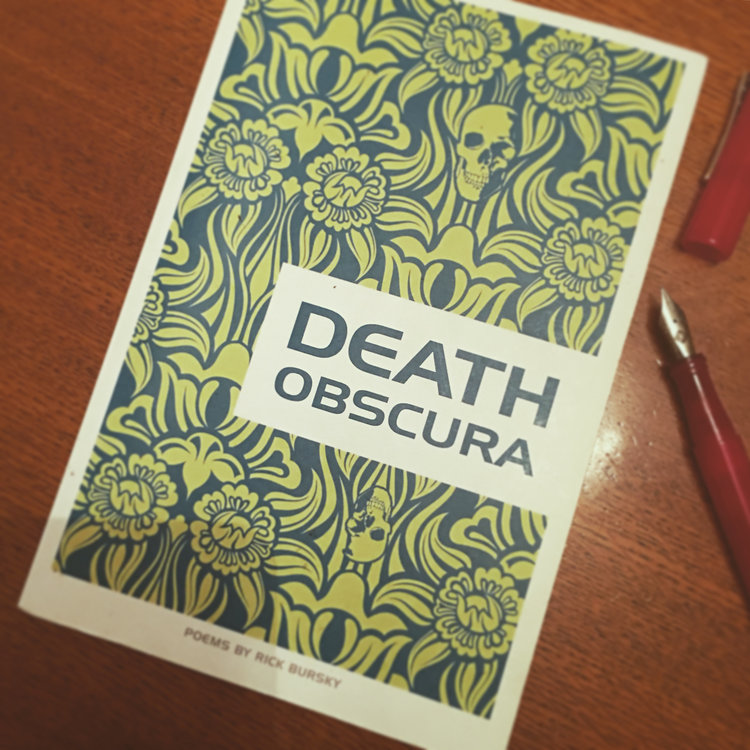
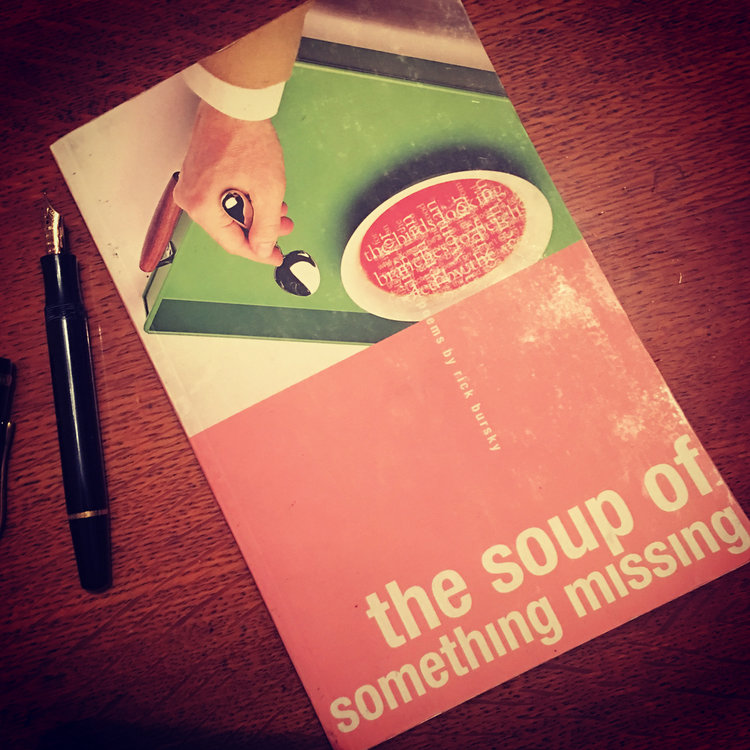
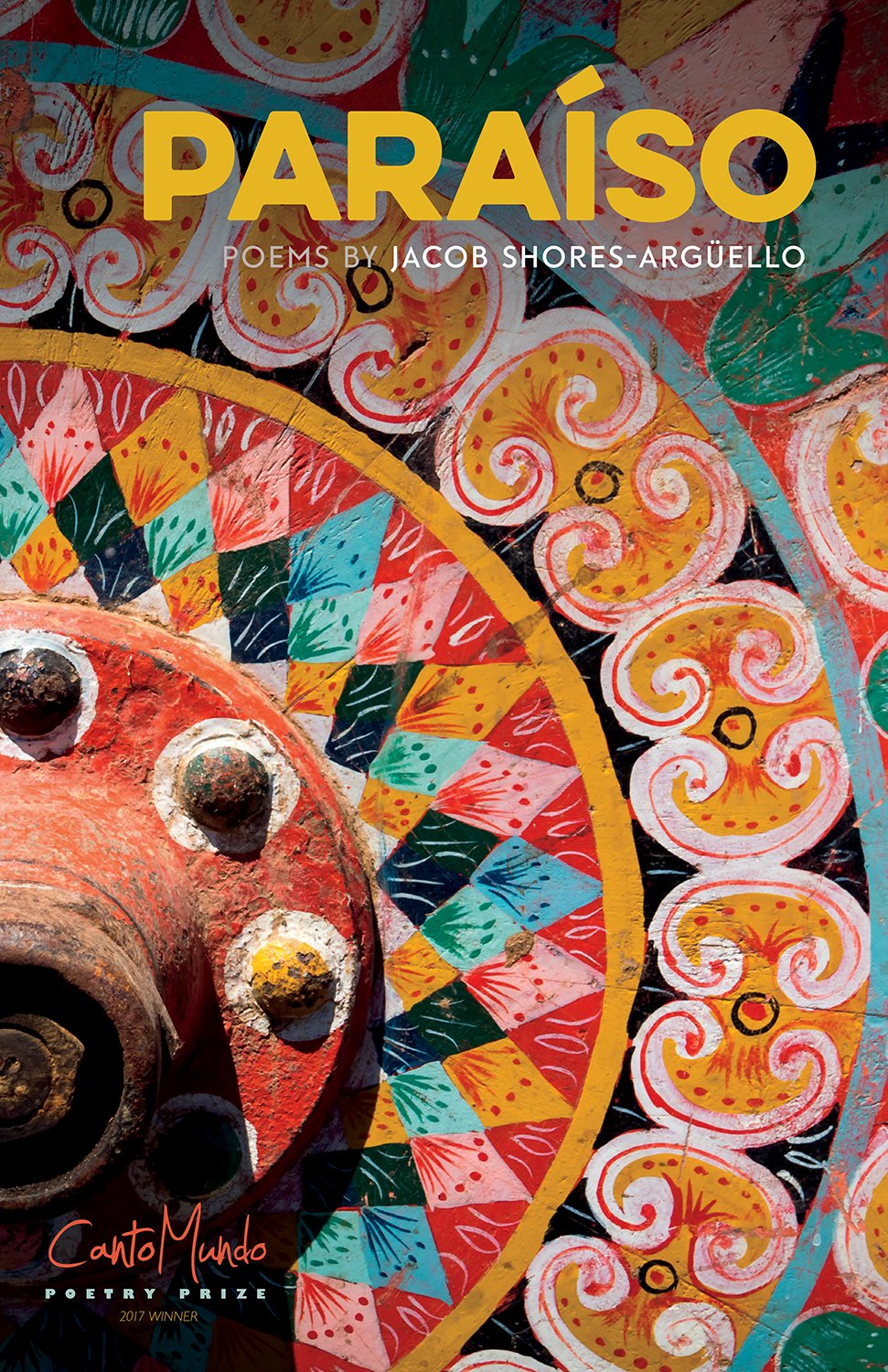
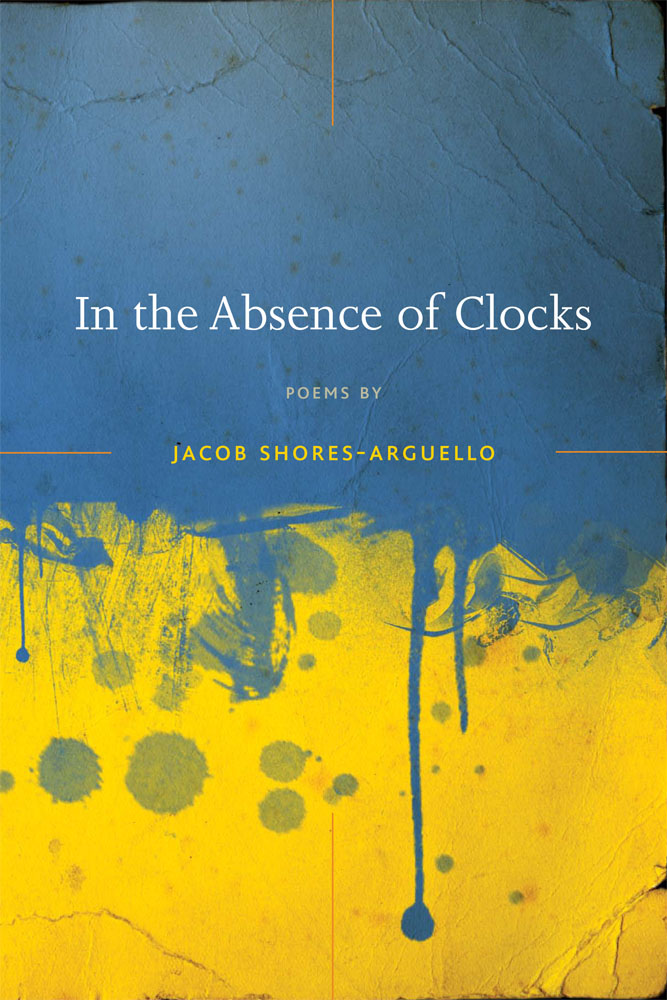


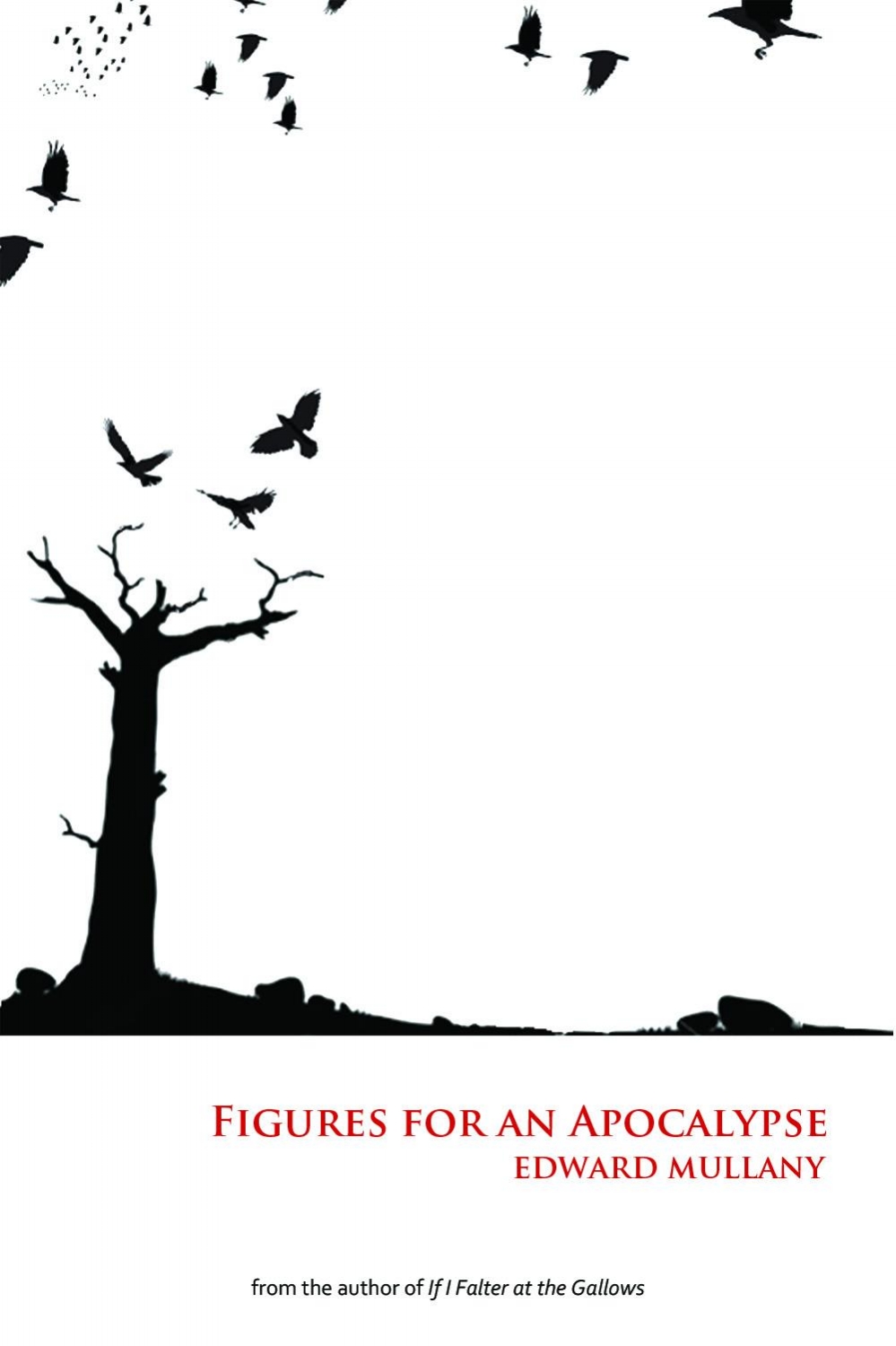
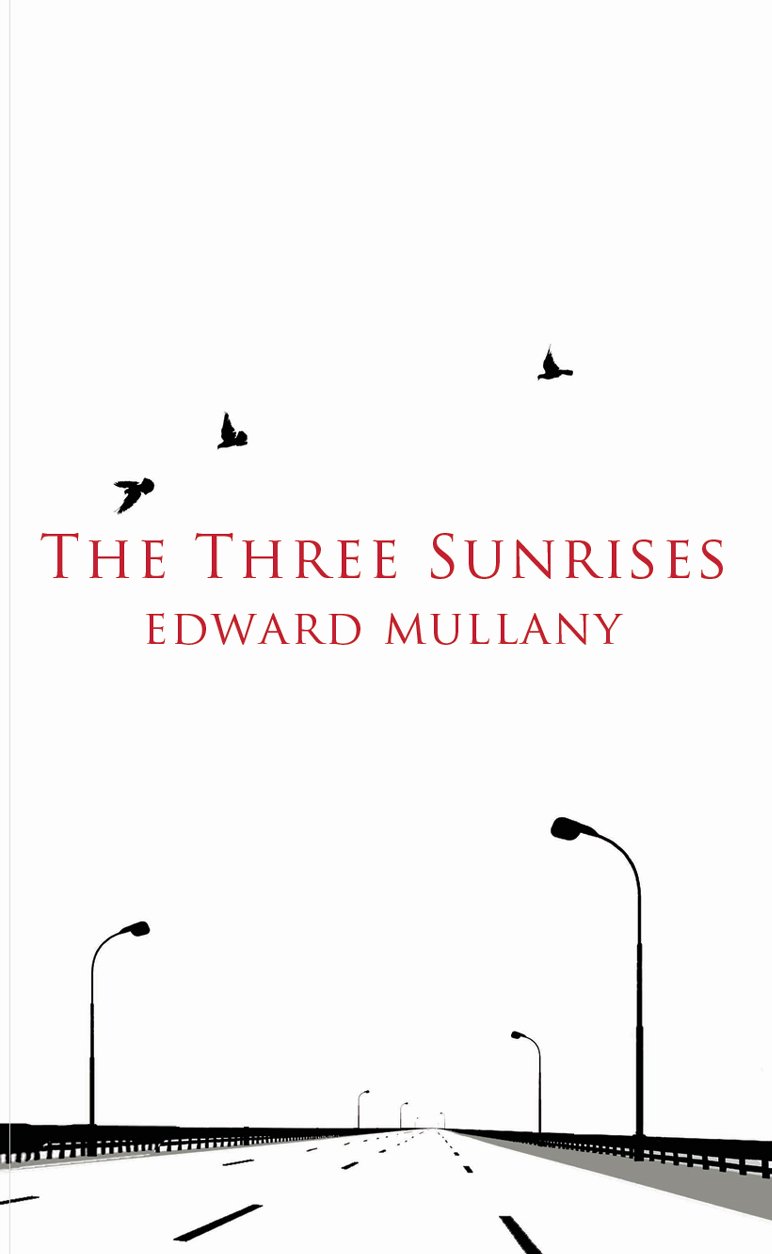











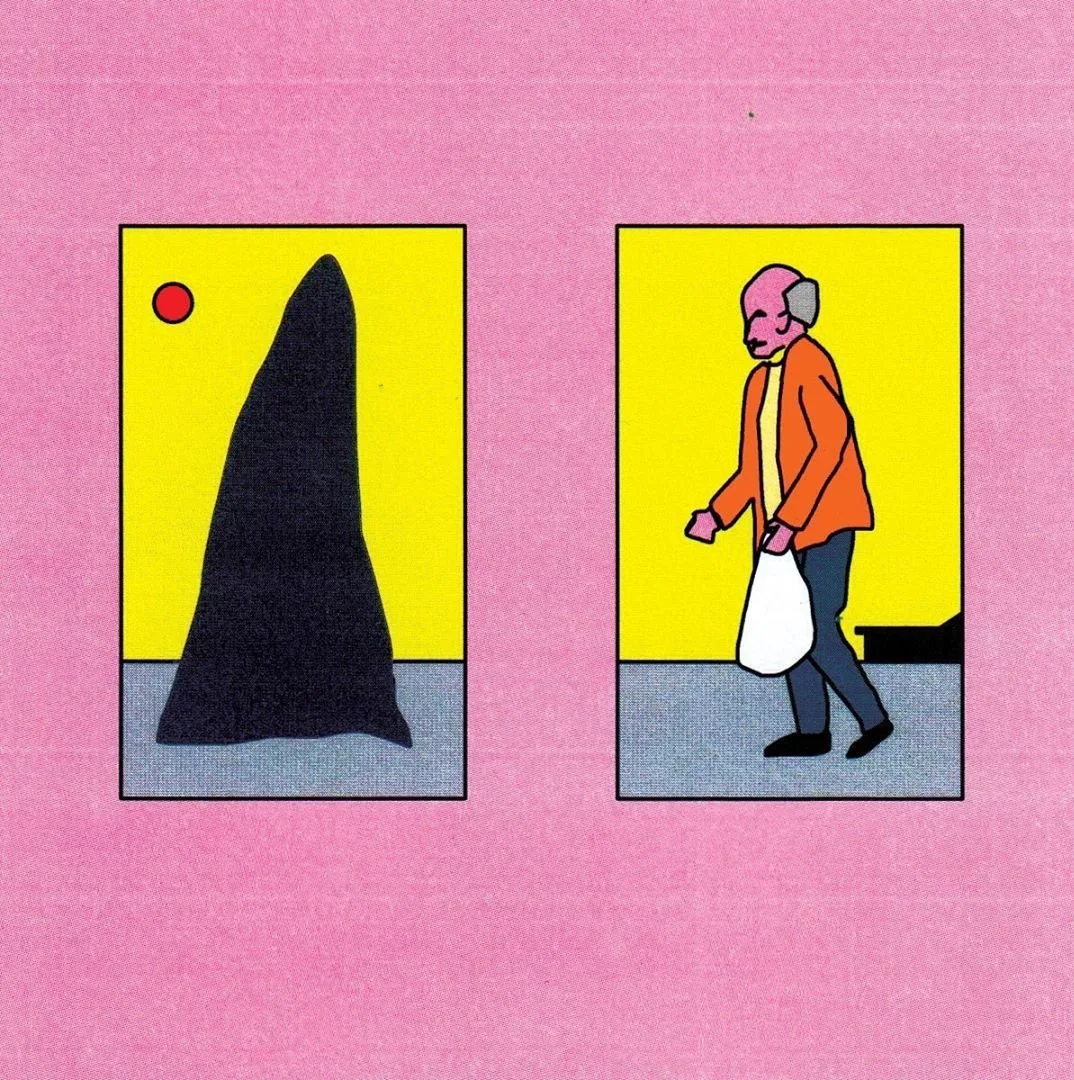








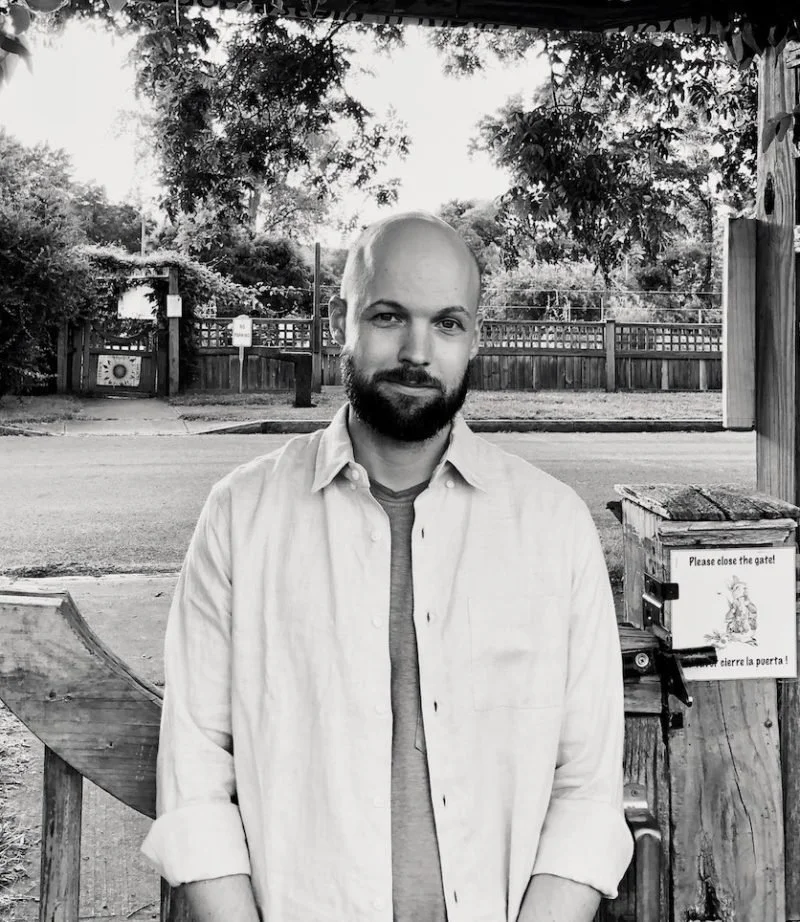



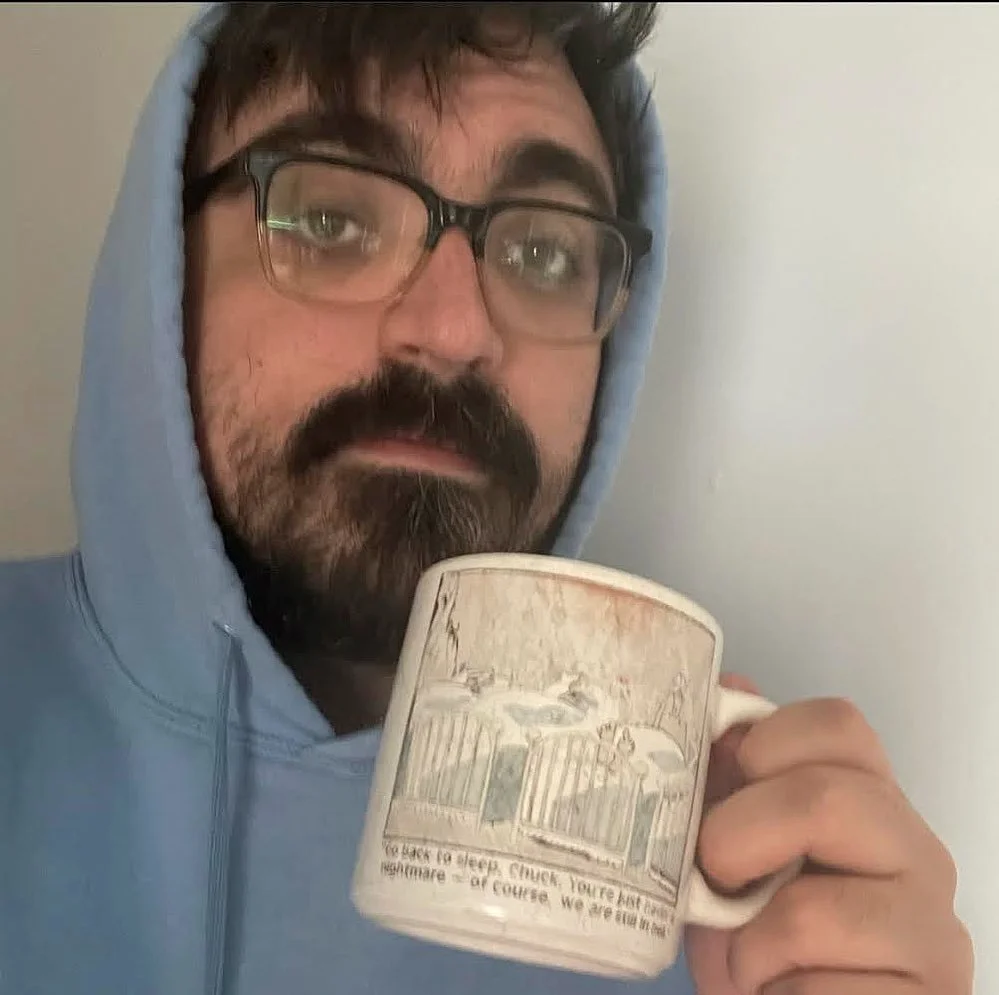
![[TITLE] written while listening to Zushi by Dean Blunt](https://images.squarespace-cdn.com/content/v1/580fa9f7e58c62cb7501937b/1665847727162-7ZB4MQGXPPQSXY3GSJX1/zushi.jpeg)







